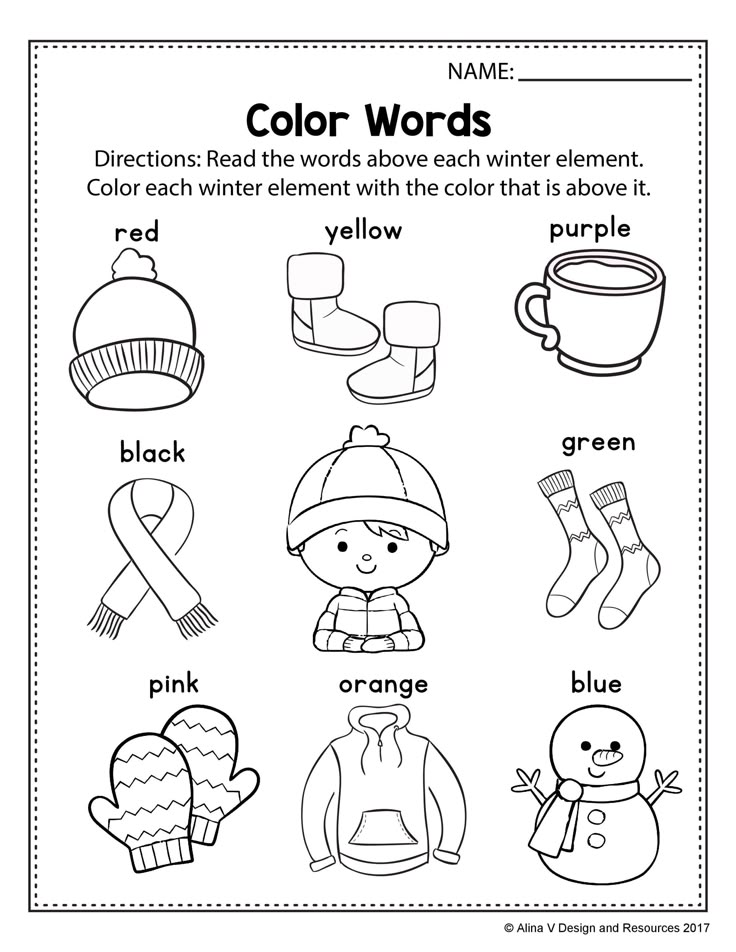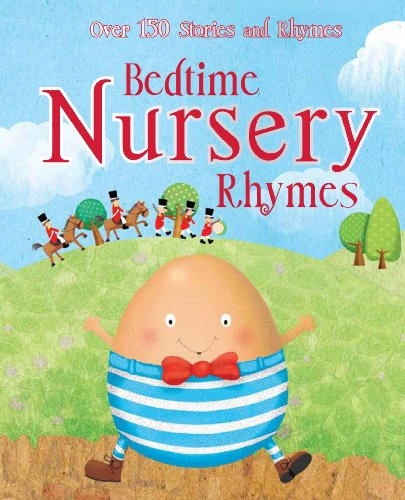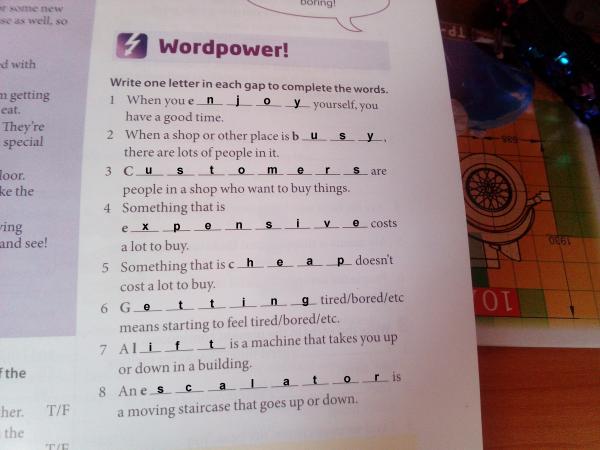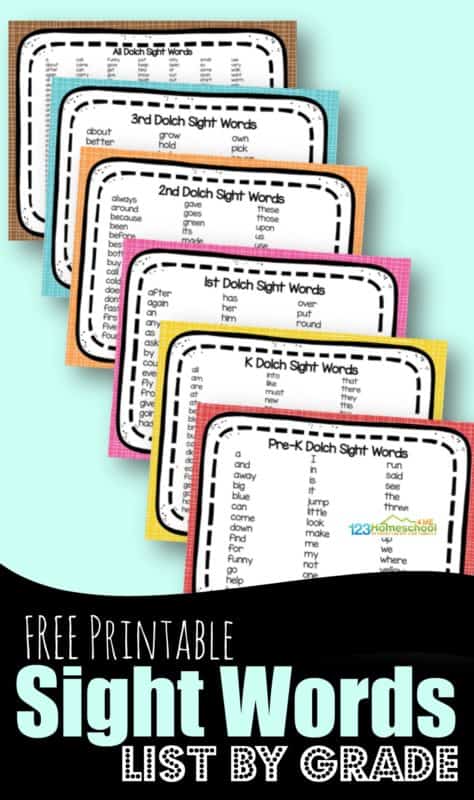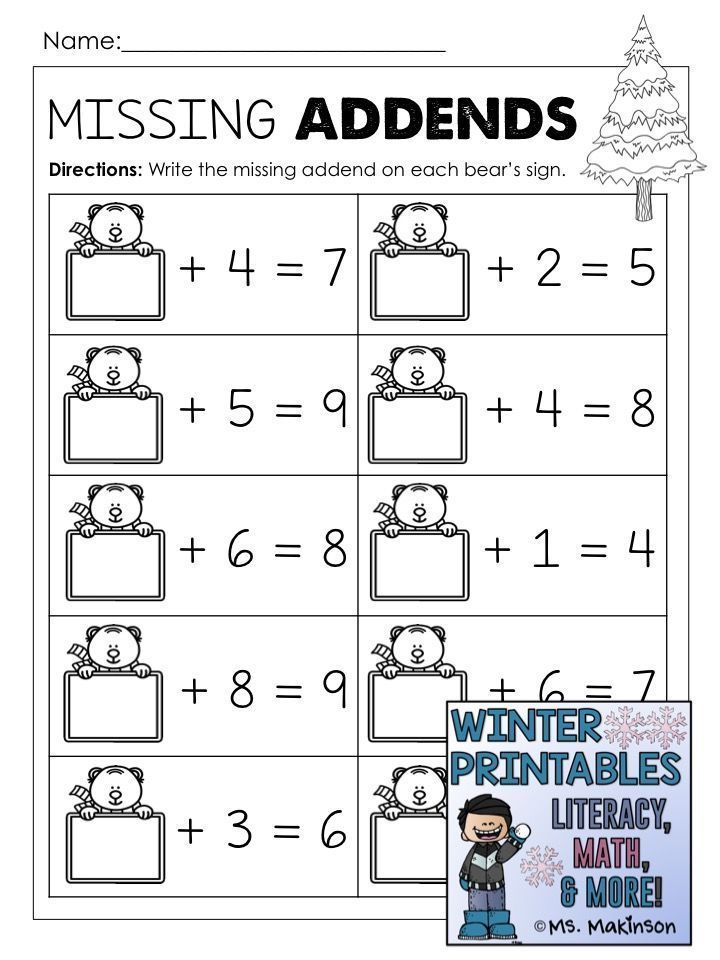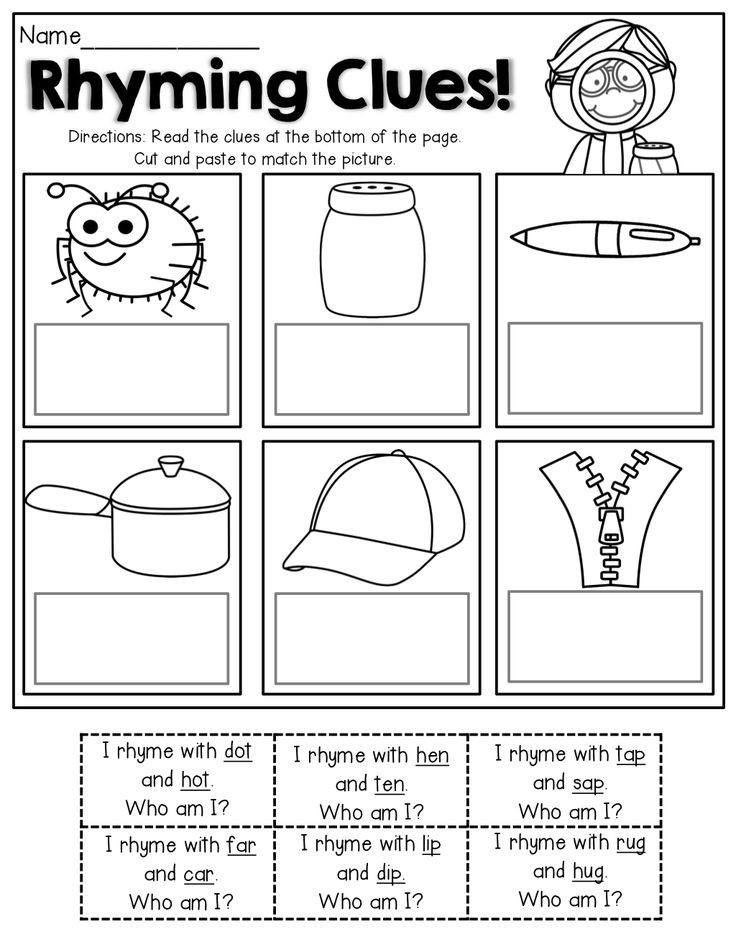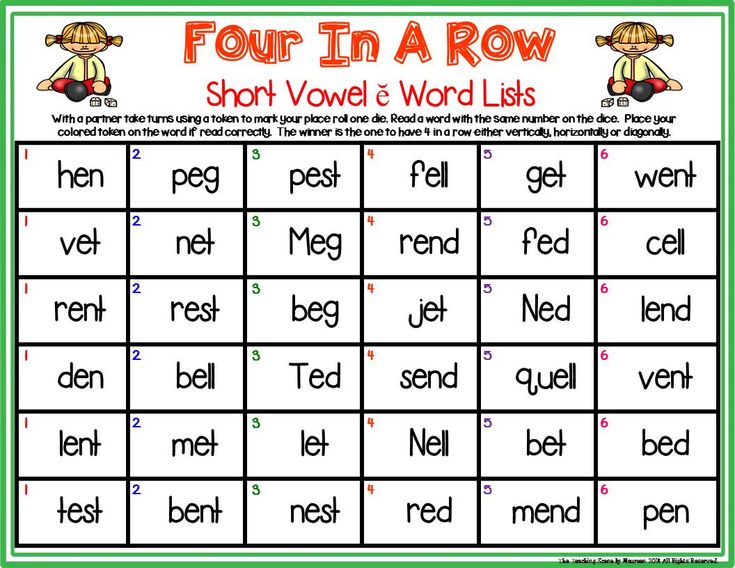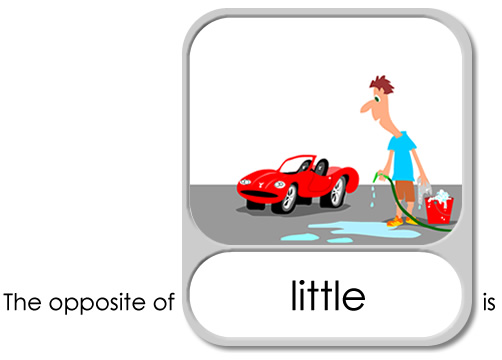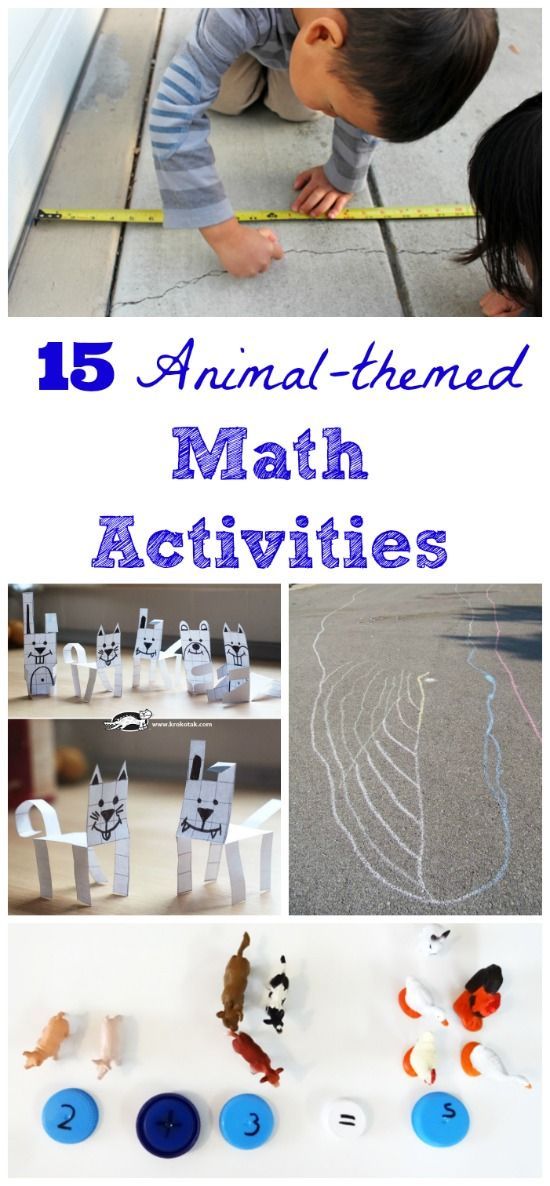Vocabulary activity for kindergarten
Vocabulary: Activities for Your Kindergartener
Overview
Talking to and reading with your kindergartener are two terrific ways to help them learn new words. Conversations and questions about interesting words are easy, non-threatening ways to get new words into everyday talk.
Use rich language in conversations with your child
Even very young children love to hear and learn new words! Help your child expand their word bank and knowledge of the world by using interesting and vivid words instead of simpler language in your everyday conversations. For example, instead of saying, "this ice cream is good" you might say, "this caramel ice cream is scrumptious."
Read with your child every day
Reading aloud exposes your child to lots of vivid language that is not found in books for beginning readers. When you come upon a new and interesting word, take the time to stop and ask your child what they think that word might mean in the context of the story.
Then offer a kid-friendly definition of the word and connect it to a similar word and a shared experience.
Patience!
Word learning and vocabulary growth takes time and patience. Don't expect your child to learn a new word after one conversation or one read aloud. True word learning happens after being exposed to words several times. We all learn about words throughout our lifetime. You're getting your child off to a great start by developing an early interest in words.
Vocabulary in kindergarten
Try these vocabulary activities at home
Bring in the nonfiction
Nonfiction and informational books (such as the DK Eyewitness series) offer young children a treasure chest of new and interesting words about our world. If the book has a glossary, spend some time discussing the words with your child, and as you read aloud stop as often as needed to think about new words and how they connect to what your child already knows about.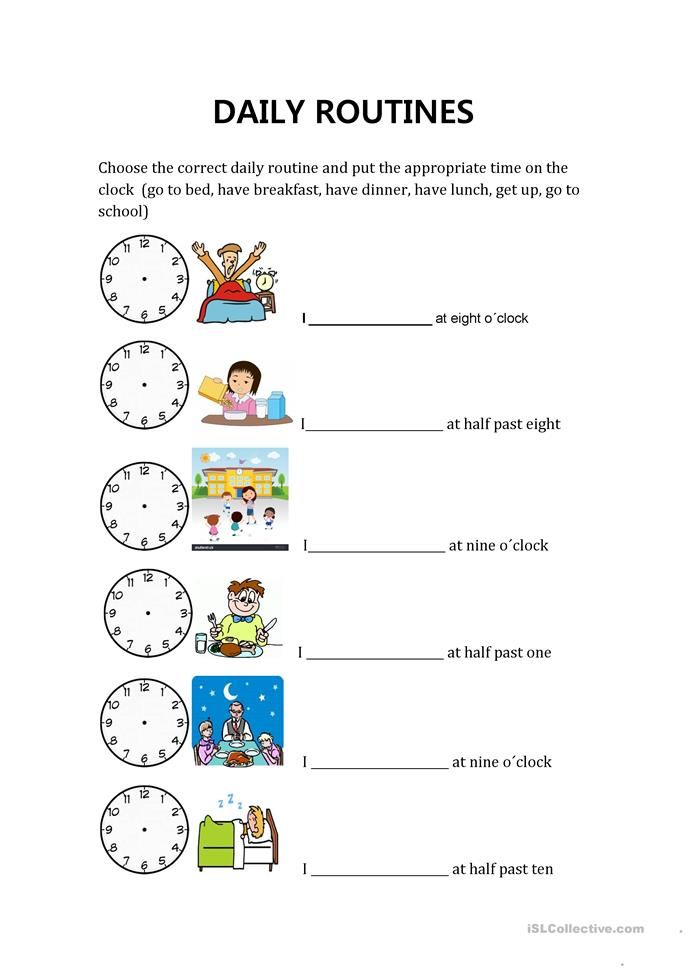
Talk about new words during read alouds
Talking to and reading with your child are two terrific ways to help them hear and read new words. Conversations and questions about interesting words are easy ways to get new words into everyday talk. "The book says, 'The boy tumbled down the hill,' and look at the picture! How do you think he went down the hill?"
Sharing a new word with your child doesn't have to take a long time: just a few minutes to talk about the word and then focus back on the book or conversation. Choose which words to talk about carefully — choosing every new word might make reading seem like a chore. The best words to explore are ones that are less common to see in the books your child might read. When introducing new words to your young learner, keep the following four helpful hints in mind:
- Provide a simple, kid-friendly definition for the new word: Enormous means that something is really, really big.
- Offer a simple, kid-friendly example that makes sense within their daily life: Remember that really big watermelon we got at the grocery store? That was an enormous watermelon!
- Encourage your child to develop their own example: What enormous thing can you think of? Can you think of something really big that you saw today? That's right! The bulldozer near the park was enormous! Those tires were huge.
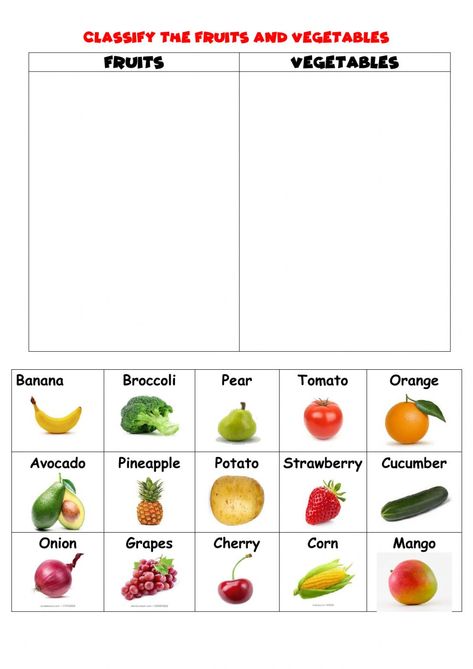
- Keep your new words active within your house. Over the next few days and weeks, take advantage of opportunities to use each new vocabulary word in conversation. Kids often need to hear a new word in context ten times or more before they "know" that word.
How do I help my child learn new words while we read aloud?
Reading aloud is a great way for children to learn new words. Literacy expert Sandra Wilborn suggests that parents pause during the read aloud to elaborate on a new word by giving a simple definition, connecting the word to something your child knows, and using it in a sentence. Reinforce the learning by using that new word at home in the weeks ahead. (From our video series Reading SOS: Expert Answers to Family Questions About Reading.)
Give them great words
Children's author Jane Yolen (Owl Moon, How Do Dinosaurs Say Goodnight?) delights in using rich language in her picture books.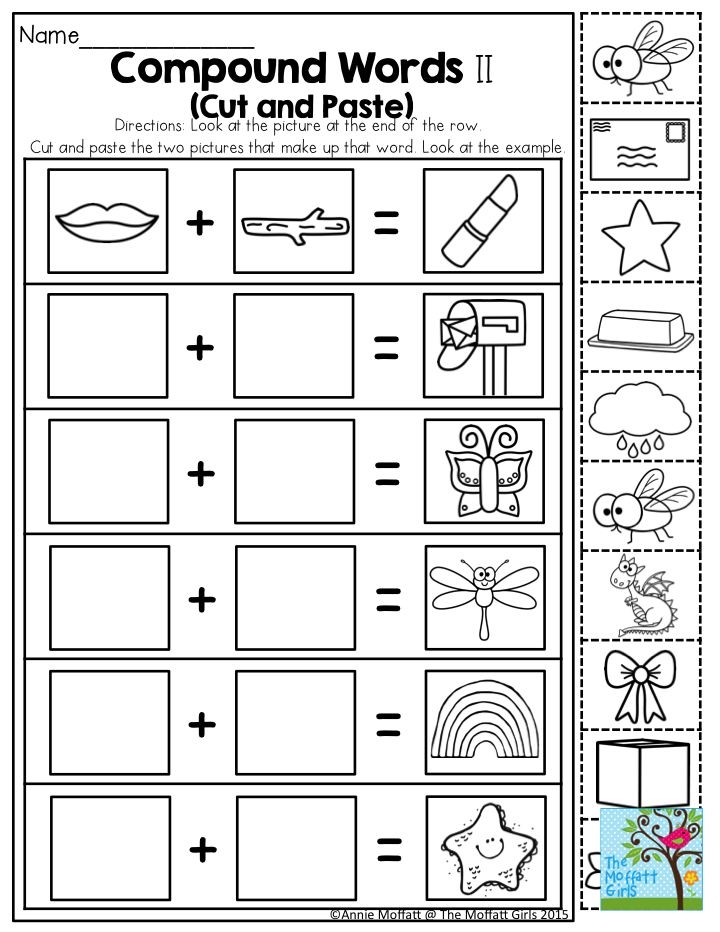 In this clip from our video interview with Yolen, she says she often has to fight to keep good words — that really stretch vocabulary learning — in her picture books.
In this clip from our video interview with Yolen, she says she often has to fight to keep good words — that really stretch vocabulary learning — in her picture books.
Grocery store vocabulary
The produce section is a great place to hear new interesting words. Words like rhubarb, asparagus, artichoke, and kiwi are fun to say, and fun to eat. As you introduce each one, use descriptive words to help your child learn. "A kiwi has a fuzzy outside, but the inside is bright green with black seeds!"
Start at the root
Begin with a simple root word, such as push. Ask your child to come up with words they know that contain that word, such as pushing, pushed, pushover, push-up. Talk about how all these words have some shared meaning related to the word push.
Consider the prefix
Numeric prefixes like bi- and tri- are a part of many words kids know and use.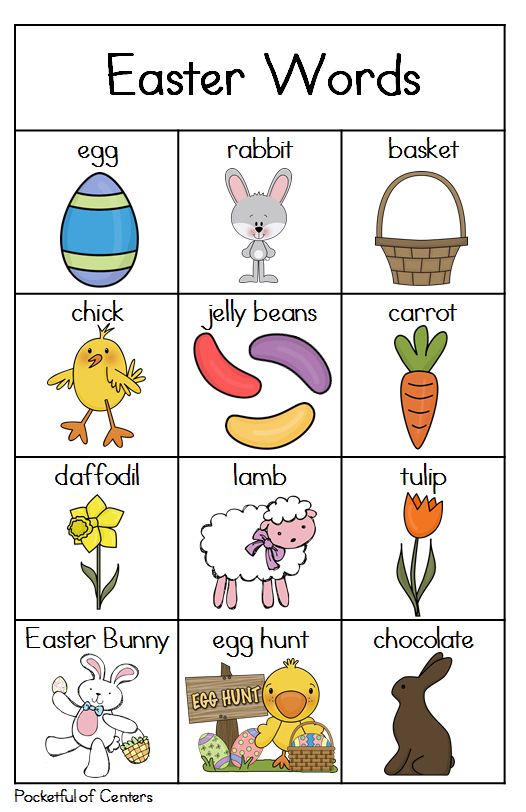 Discuss words like tricycle, tricep, triangle. All these words share the prefix tri-, which means three. Can they develop a list of words that begin with the prefix bi- (like bicycle and binoculars)? This gives you a great chance to introduce new words, like bicentennial, bicep, and biped. You can generate similar word lists with the numeric prefixes uni, octo, and cent.
Discuss words like tricycle, tricep, triangle. All these words share the prefix tri-, which means three. Can they develop a list of words that begin with the prefix bi- (like bicycle and binoculars)? This gives you a great chance to introduce new words, like bicentennial, bicep, and biped. You can generate similar word lists with the numeric prefixes uni, octo, and cent.
Word connections
Try this activity from the Florida Center for Reading Research (FCRR). The FCRR "At Home" series was developed especially for families! Watch the video and then download the activity: Word Connections. See all FCRR vocabulary activities here.
Homonym fun
Homonyms — words that sound the same but have different meanings — provide a great opportunity for word fun. Say a word out loud, and see if your child can generate more than one meaning for the word.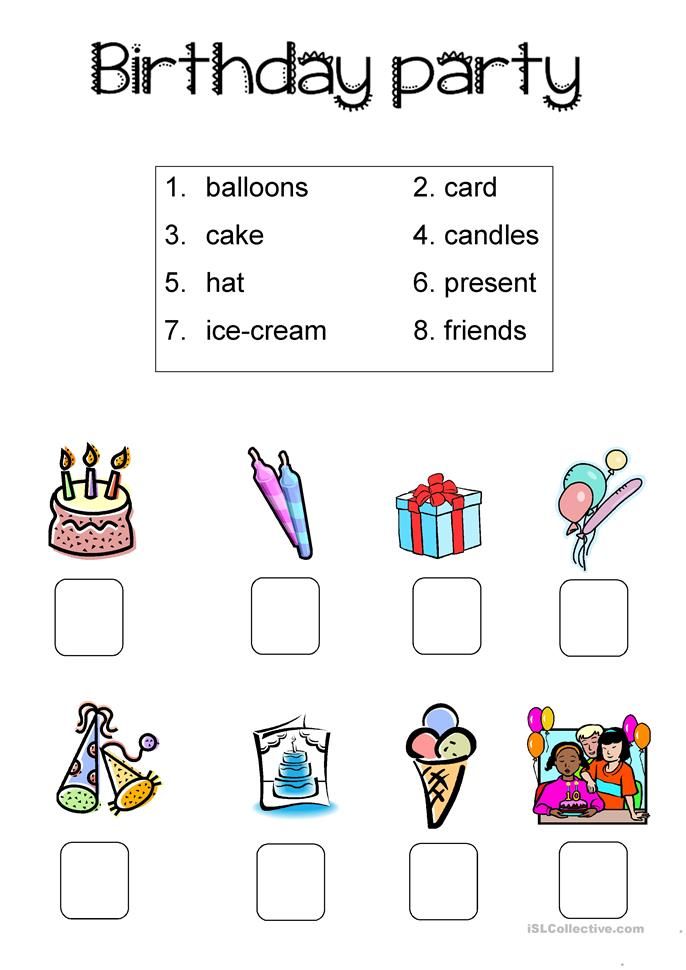 For example:
For example:
bark: the sound a dog makes
bark: the covering on a treering: jewelry you wear on your finger
ring: the sound a doorbell makes
Explore your world
Visits to a museum, the zoo, the botanical garden, historical sites, and even your neighborhood park are terrific opportunities to introduce your child to new words. Spend some time looking at the signage and identifying new words, then connecting them to what you see right there.
"What’s another word for ..."
This game helps your child learn there’s more than one word for everyday things. For example, look around you and say, "what's another word for couch?" (sofa, ottoman). Or, "what's another word for cup?" (glass, mug). You can extend the game by talking about how two things are similar but not exactly alike (glass, mug). That helps your child learn about the subtle differences in related words.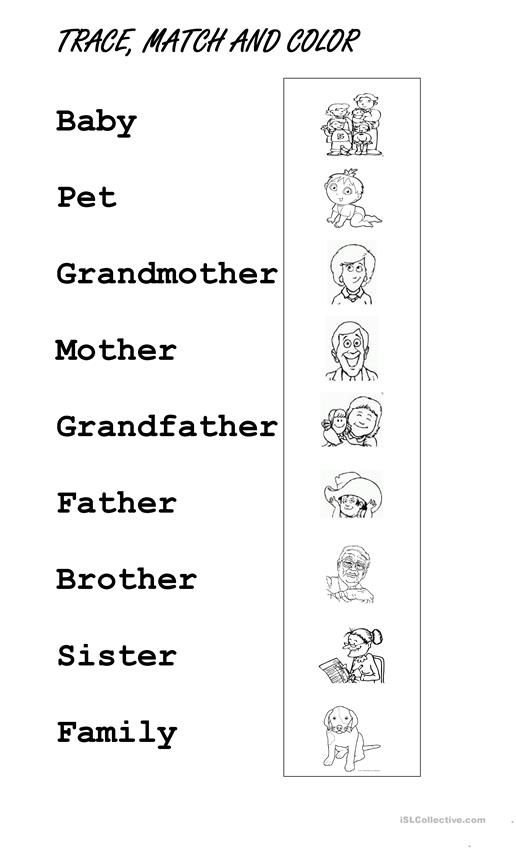
What does this word mean? Helping a kindergartner learn new vocabulary
This video is from Home Reading Helper, a resource for parents to elevate children’s reading at home provided by Read Charlotte. Find more video, parent activities, printables, and other resources at Home Reading Helper.
Understanding vocabulary: why it’s critical to your child’s reading
This video is from Home Reading Helper, a resource for parents to elevate children’s reading at home provided by Read Charlotte. Find more video, parent activities, printables, and other resources at Home Reading Helper.
More vocabulary resources
Vocabulary apps
Reviews provided by Common Sense Media.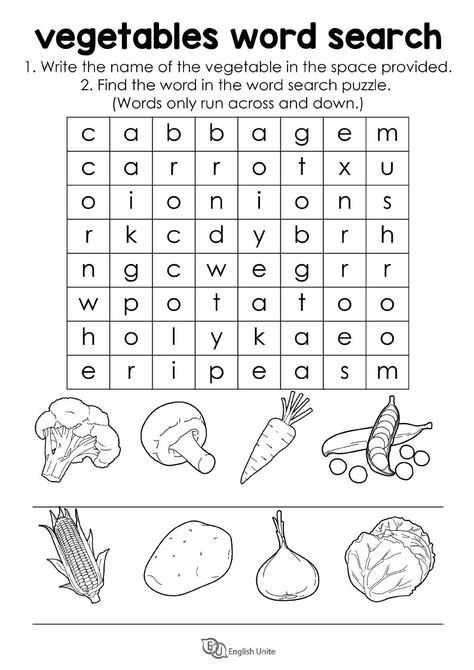
5 Simple Vocabulary Activities for Kindergarten
Vocabulary instruction can be hard to fit into your daily schedule in Kindergarten. Luckily, teaching and practicing vocabulary words can easily work throughout your day. These 5 simple vocabulary activities for Kindergarten take little to no time to prep and can also be used as time fillers, transitions, and lesson ideas.
To read more about how to teach vocabulary in Kindergarten, check out this blog post here.
Word of the week
The easiest way to implement more vocabulary practice in your day is to have a word of the week. This word can be from one of your lessons, seasonal or holiday themed, or just a word that you want to teach them. Don’t overthink this word, just pick one and move on.
With our word of the week, I introduced it every Monday morning during our morning meeting. Sometimes they knew what the word was, sometimes they didn’t know. We used this word throughout the week in our lessons, transitions, and more.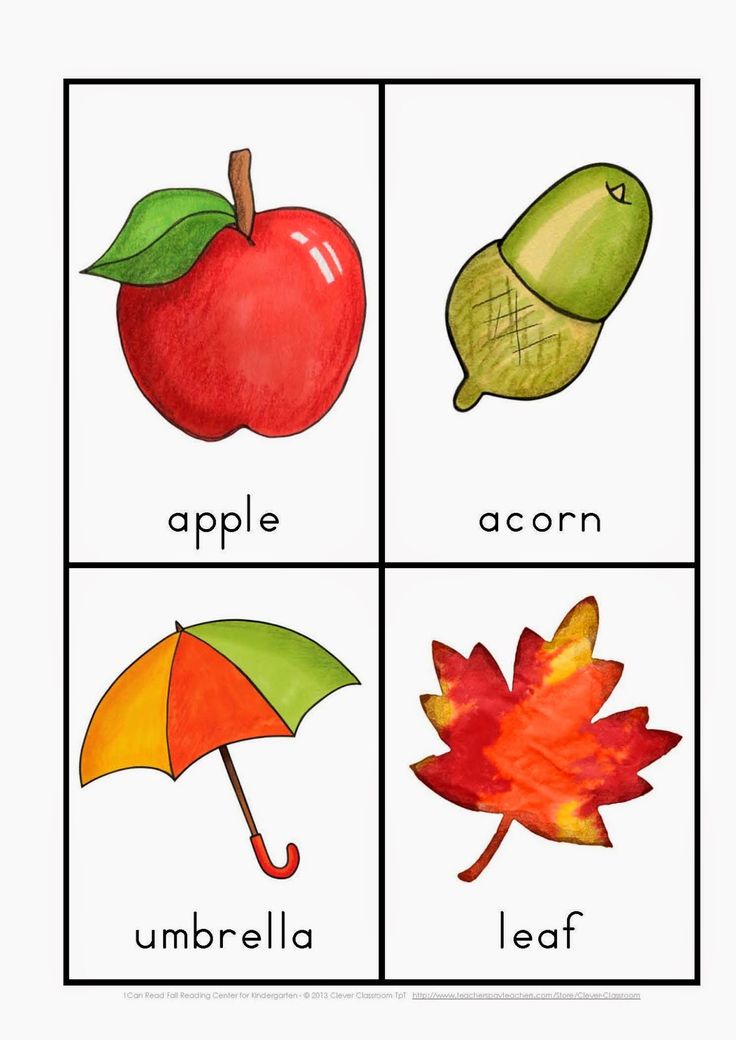 You can read more about how I implemented a word of the week in this post here.
You can read more about how I implemented a word of the week in this post here.
Missing Word
Finding the missing word is a great activity to practice both vocabulary and reading comprehension. You can do this once or twice a week as a quick vocabulary lesson or when you have 5 extra minutes in your day.
First, you will pick a sentence and leave one word missing. It’s best to write the sentence on the board, even if they cannot read, so they can visualize the spot that is missing the word. Read the sentence with the blank and have students repeat.
Ask your students, “What word is missing?” Give your students some time to think about what word it could be. You can also show or tell them 3 words as their options to see which one works for the blank space.
For example, your sentence may be “The moon ____ at night.” You may have the words “appears, relaxes, or invites” Only the word “appears” makes sense in that sentence. This will help students understand the definition of the word.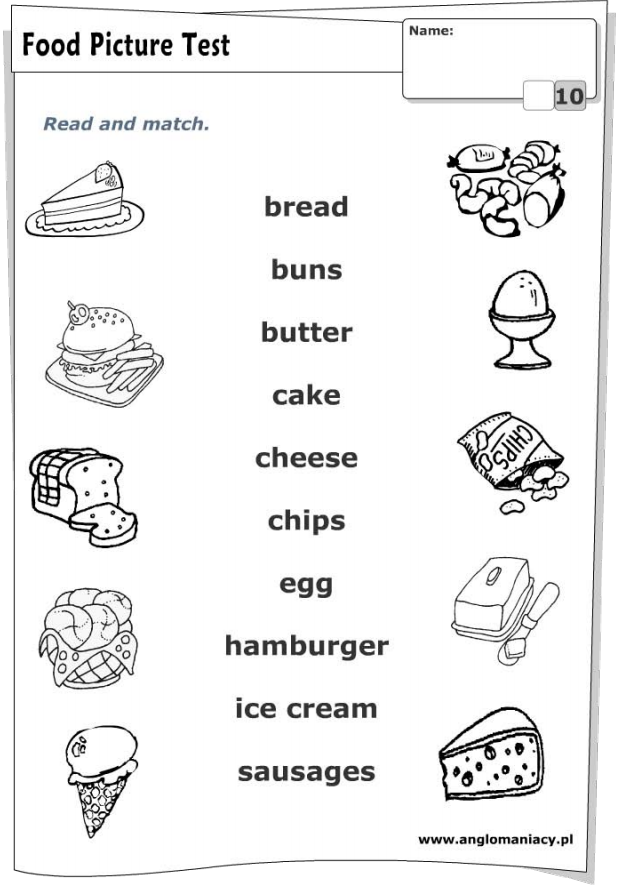
If you teach First Grade and up, this is a great activity that they can do independently. You can find this Missing Word worksheet in my CVCe Words Worksheet pack.
What's another word for?
A quick, no prep activity that works well when you have a little extra time is this “what’s another word for?” game. First, you will think of a word, like “cup” that has multiple words that mean the same thing- a cup can be called a “mug, glass, tumbler, etc”. Challenge your students to think of as many words that can be used in place of cup. You can have your students share with the student next to them the word or words they thought of. Then, call on students to share and write them down. Try to encourage your students to use these alternate words throughout the week.
Here’s a few examples:
- Run- jog, sprint
- Shirt- top, blouse, tee
- Cold- chilly, freezing, cool
Vocabulary Call and Response Activity
This activity is one I liked to do with my word of the week.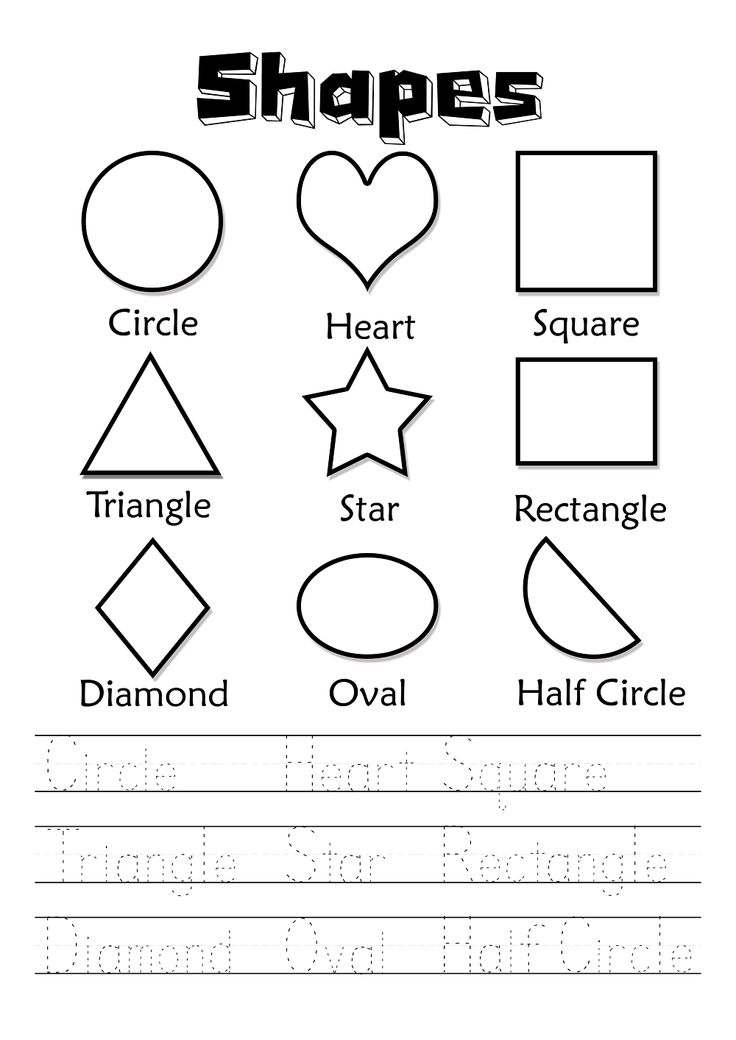 To see if students truly understand what a word is, we do this call and response activity. You will tell them the word first. “The word is ‘bloom’. What does the word ‘bloom’ mean?” Have your students tell you what the word means. Then you will say, “Okay, I am going to say a word. If this word can ‘bloom’, then you will say the word ‘bloom’. If it cannot, then you will be quiet.” So, you will say words like flower, garden, plant, and then also words like lion, computer, candle to see if they are able to identify the words that go with the vocabulary word.
To see if students truly understand what a word is, we do this call and response activity. You will tell them the word first. “The word is ‘bloom’. What does the word ‘bloom’ mean?” Have your students tell you what the word means. Then you will say, “Okay, I am going to say a word. If this word can ‘bloom’, then you will say the word ‘bloom’. If it cannot, then you will be quiet.” So, you will say words like flower, garden, plant, and then also words like lion, computer, candle to see if they are able to identify the words that go with the vocabulary word.
Picture sorts
We used picture sorts all the time to practice sorting by sound, but they are also the perfect opportunity for a mini vocabulary lesson! When you are working on a picture sort, you may come across trickier words, like “blimp”, “clover”, or “pliers”. Rather than dismissing these words as “too hard” for a Kindergartener, teach them what the words mean as you are doing the activity together. You can watch how I use picture sorts to practice vocabulary here.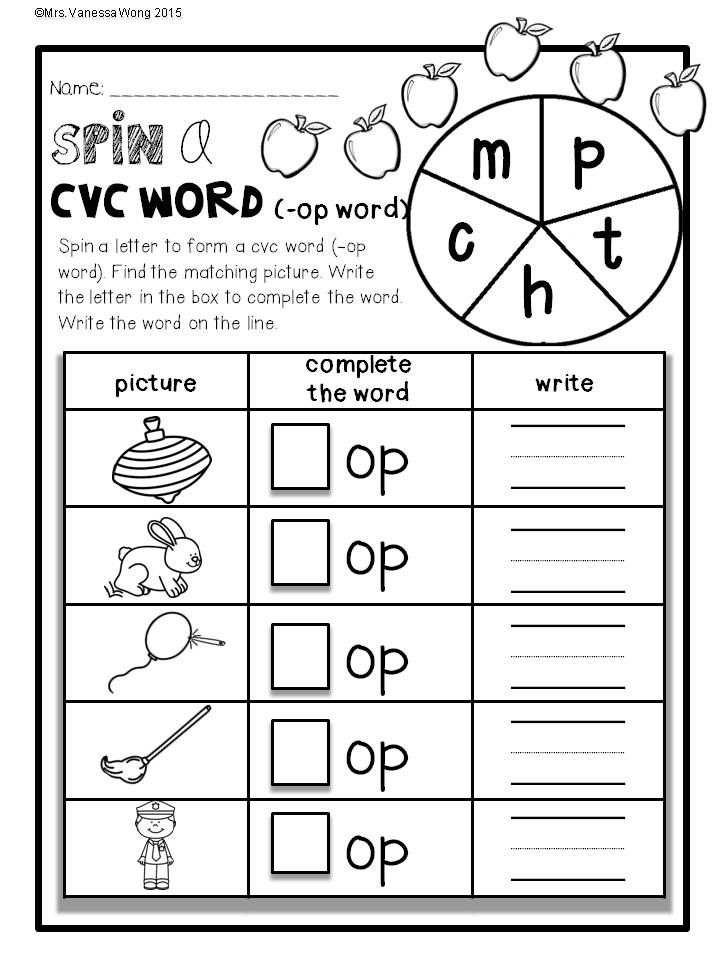
Find all my Phonics Picture Sorts in my Teachers Pay Teachers store here.
Which one of these simple vocabulary activities for Kindergarten will you try with your students?
Vocabulary work in kindergarten. | Article on the development of speech (middle group) on the topic:
Tasks and content of vocabulary work in kindergarten
Vocabulary work in kindergarten is aimed at creating the lexical basis of speech and occupies an important place in the overall system of work on the speech development of children.
In vocabulary work with preschoolers, two aspects are distinguished: 1. Mastering by the child the subject relatedness of words and their conceptual content (familiarization of children with the names of specific objects, concepts).
2. Assimilation of the word as a unit of the lexical system, its connections with other lexical units (acquaintance of children with polysemantic words, disclosure of their semantics, precise use of antonyms, synonyms, polysemantic words, i. e. development of the semantic aspect of speech).
e. development of the semantic aspect of speech).
In the middle group, the child's active vocabulary reaches 1900-2000 words. In the speech of children, the number of abbreviations, permutations, and omissions decreases. The child names animals and their cubs, professions of people. Children use a more complicated and common phrase. There are compound and complex sentences, prepositions are used: by, before, after, instead. Unions: what, where, how much. The child understands conditional sentences with the words "if". Speech becomes more coherent and consistent. Children learn to answer questions, retell well-known fairy tales, stories (with the help of adults). By the age of five, almost all age-related pronunciation errors disappear.
The main task of the educator is to expand the children's active vocabulary. Learn to use in speech the names of objects, their parts, the materials from which they are made. Learn to use the most common adjectives, verbs, adverbs, prepositions in speech.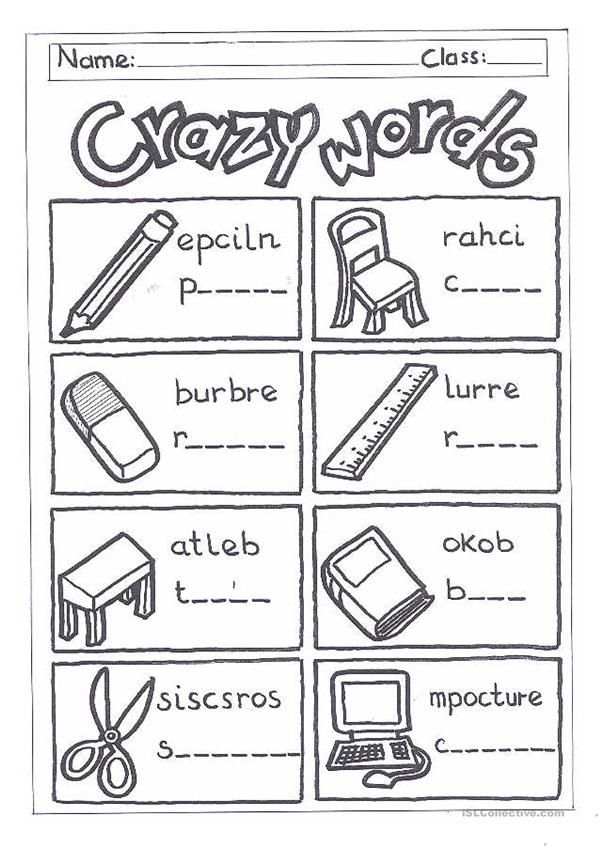
There is a whole system of activities that contribute to the development of children's vocabulary. Classes on primary acquaintance with objects and phenomena:
- Demonstration of objects and phenomena.
- Didactic games.
- Classes for comparing objects.
- Classes on familiarization with the properties and qualities of objects.
- Acquaintance with specific concepts.
- On familiarization with generic concepts.
- Classes for teaching children to guess and compose riddles.
At preschool age, play is of great importance in the speech development of children. For speech development, all types of gaming activities are used:
creative role-playing games,
dramatization games,
outdoor games,
didactic games
board and print games.
Didactic game develops coherent speech, forms the correct pronunciation, the ability to express one's thoughts, replenishes and activates the dictionary.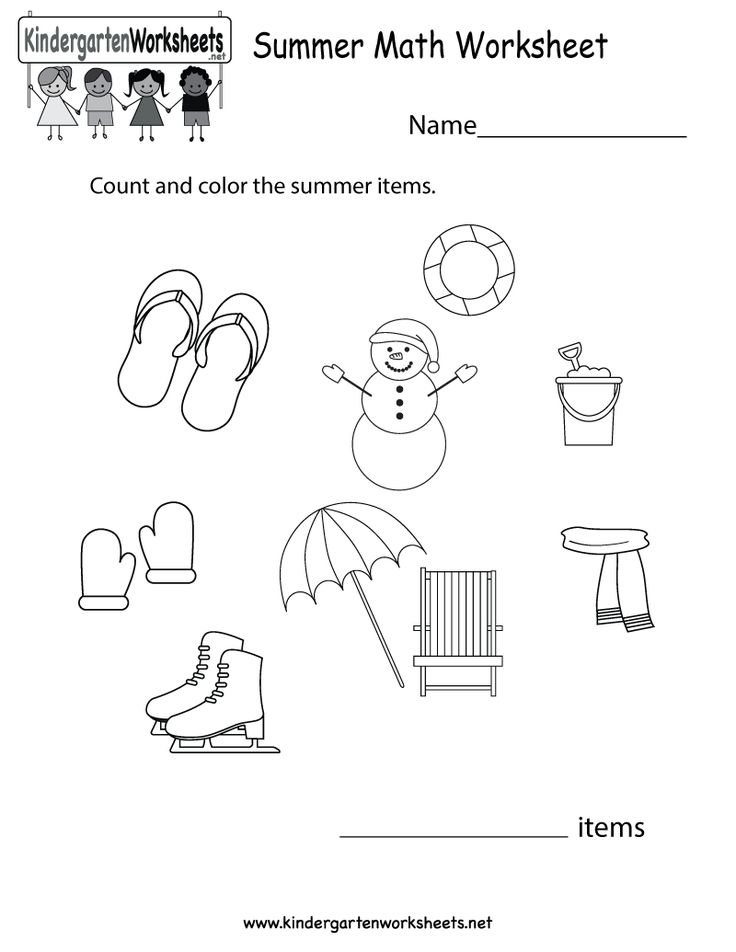
In my work with children on the topic of self-education, I use various games and exercises. For example, according to the formation of a subject dictionary, the game: “What happens like?”
- What is round?
- What can be long?
- What can be high?
- What is green?
- What is cold?
- What can be sweet?
- What can be prickly?
- What can be spicy?
- What is easy?
Ball games: “Say it kindly”, “Throw the ball - name the animals”, “Throw the ball - name the fruits”
Game: “One - many”
(we are magicians a little: there was one, but there will be many )
I also use games to develop word-building skills:
Game: “Who has who?”
A squirrel has a squirrel, squirrels.
At the hare - …….., …….
Foxes - ……., ……..
Hedgehogs - ……., …….
Games for matching nouns with adjectives:
"Guess who I am?"
Small, prickly - .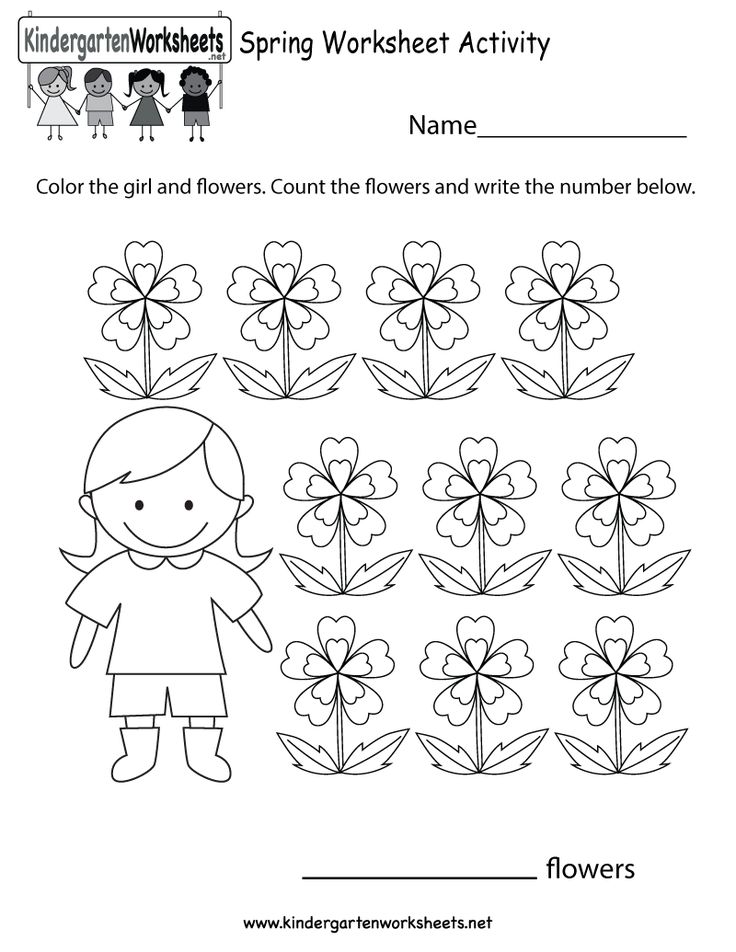 ..., clumsy, clubfoot - ... .., cunning, red - ...,
..., clumsy, clubfoot - ... .., cunning, red - ...,
Game: “Call it in one word” (complex words)
It flies by itself - an airplane
It goes everywhere - …… ..
Snow is falling - …….
Dust sucks - …….
Game: "Pick up a word" (you can play with the ball)
What can you say about - fresh?......., fresh? ….
old…. old…..
Practicing exercises using polysemy of words:
bow, crane, lightning bolt, key, etc., using visual pictures.
Despite everyday, fruitful work, there are many problems in the speech of preschool children:
The child is not yet able to construct a sentence grammatically correctly.
Speech monosyllabic, insufficient vocabulary.
The child has difficulty writing a descriptive story on a given topic. Cannot retell the text in his own words.
Some children find it difficult to logically substantiate (explain) their statements or actions.
Lack of speech culture skills: inability to use intonation, regulate voice volume, etc.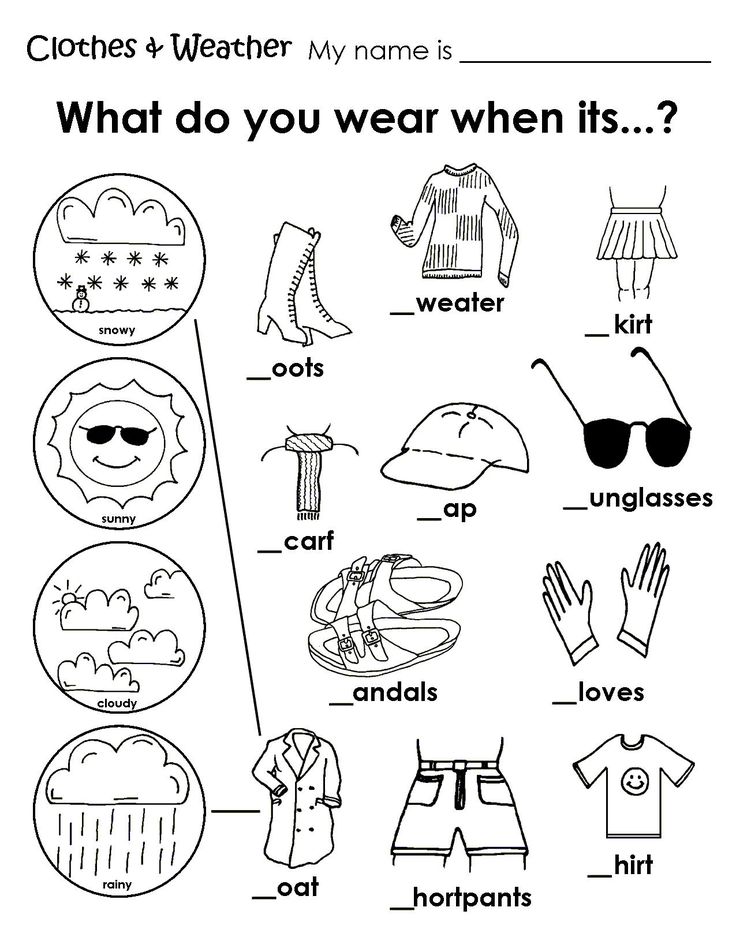
The peculiarity of vocabulary work in a preschool institution is that it is connected with all upbringing and educational work with children. Enrichment of the vocabulary occurs in the process of getting acquainted with the outside world, in all types of children's activities, everyday life, communication. Work on the word clarifies the child's ideas, deepens his feelings, organizes social experience
Work with children on vocabulary development can be carried out:
1. In the course of direct educational activities;
2. During regime moments;
3. In the process of joint activity of a teacher with children;
4. When organizing independent children's activities.
The implementation of the self-education program for my topic is carried out in two directions:
1. Joint activities with children.
2. Interaction with parents.
Consultations for parents on the topic: "Development of children's speech"
Work in the corner for parents (place a rubric of advice and wishes on the topic)
Joint reading Russian.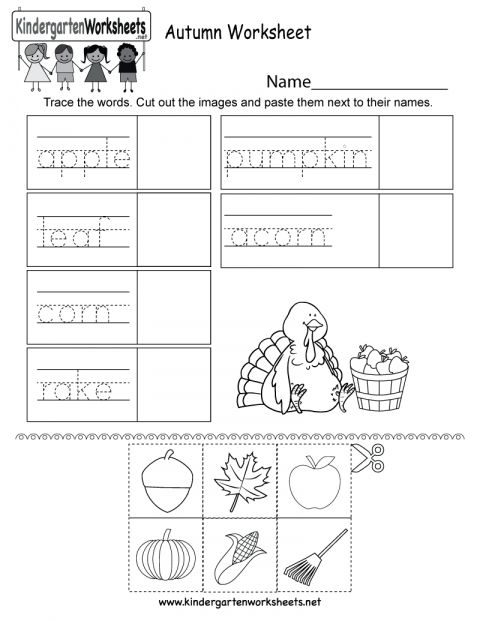 nar. fairy tales with an explanation of the meaning of ancient words.
nar. fairy tales with an explanation of the meaning of ancient words.
Making a card index D / Vocabulary development games.
Joint activities with children
Presentation of the project: “Magic words”, “We speak correctly”
Timely development of the vocabulary is one of the important factors in preparing for schooling. Children who do not have sufficient vocabulary experience great learning difficulties, not finding the right words to express their thoughts. Teachers note that students with a rich vocabulary solve arithmetic problems better, master reading skills, grammar more easily, and are more active in mental work in the classroom.
All tasks of vocabulary work are solved in unity with other tasks of speech development.
Vocabulary work in preschool educational institution
Vocabulary work in preschool educational institution
Vocabulary work in kindergarten is a systematic expansion of active vocabulary of children at the expense of unfamiliar or difficult words for them.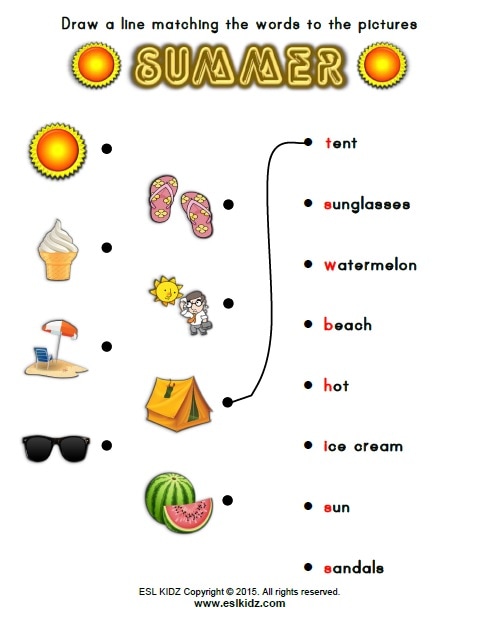 It is known that the expansion of the vocabulary of preschoolers goes simultaneously with their familiarization with the environment reality, with the education of the right attitude to the environment.
It is known that the expansion of the vocabulary of preschoolers goes simultaneously with their familiarization with the environment reality, with the education of the right attitude to the environment.
The word is the main lexical unit that expresses the concept. In every word, you can highlight its meaning or the meaning contained in it, the sound composition (sound design), morphological structure. All three of these characteristics words must be taken into account when conducting vocabulary work in kindergarten.
The process of assimilation by children of the meanings of words, their semantics was studied by L. S. Vygotsky, who established that the child, as he develops, passes from random, non-essential features to essential ones. Change with age completeness and correctness of his reflection in his speech of facts, signs or connections, existing in reality.
Features of the development of thinking largely determine the characteristics of children's dictionary. Visual-effective and visual-figurative thinking explains the predominance of words denoting the names of objects, phenomena, qualities.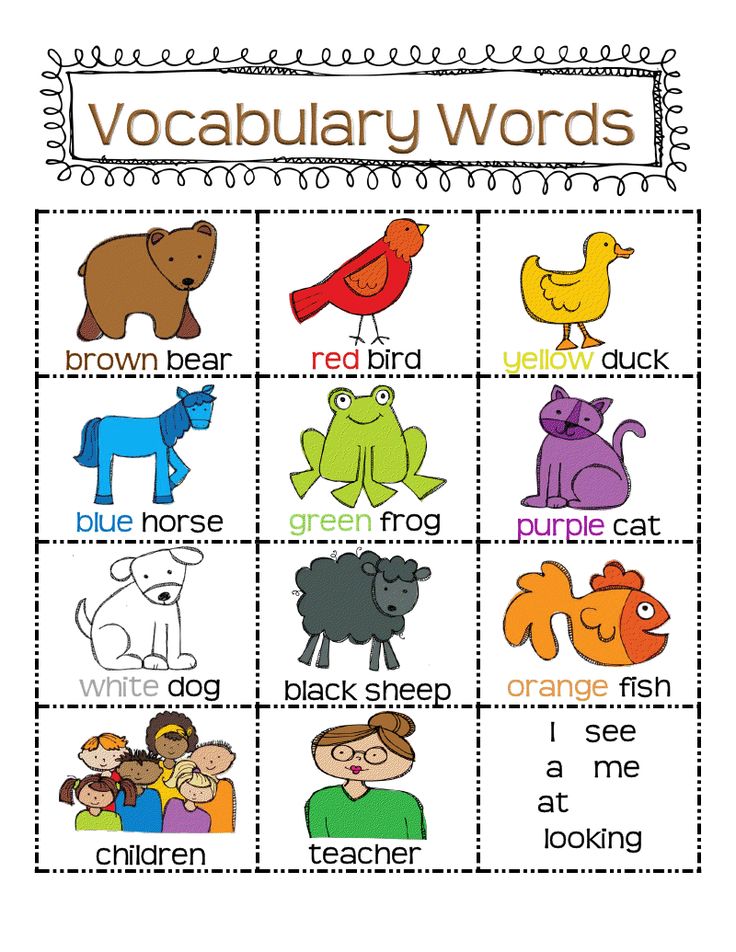 Appearance verbal-logical thinking causes the assimilation of elementary concepts by children.
Appearance verbal-logical thinking causes the assimilation of elementary concepts by children.
Linguistics and psychology reveal such an important question related to methodology for the development of speech, as the concept of an active and passive dictionary.
Active vocabulary is words that the speaker not only understands, but and uses (more or less often). The active vocabulary largely determines richness and culture of speech.
The child's active vocabulary includes common vocabulary, but in some cases - a series of specific words, the everyday use of which is explained the conditions of his life. For example, children living in a military camp use words of military terminology: training ground, parade ground, foreman, captain, review, etc. Children rafting point - backwater, felling, driftwood, etc. So, determining the content of the work on the development of the active vocabulary of preschoolers, the teacher must take into account the needs of children's speech practice, the conditions of their speech environment.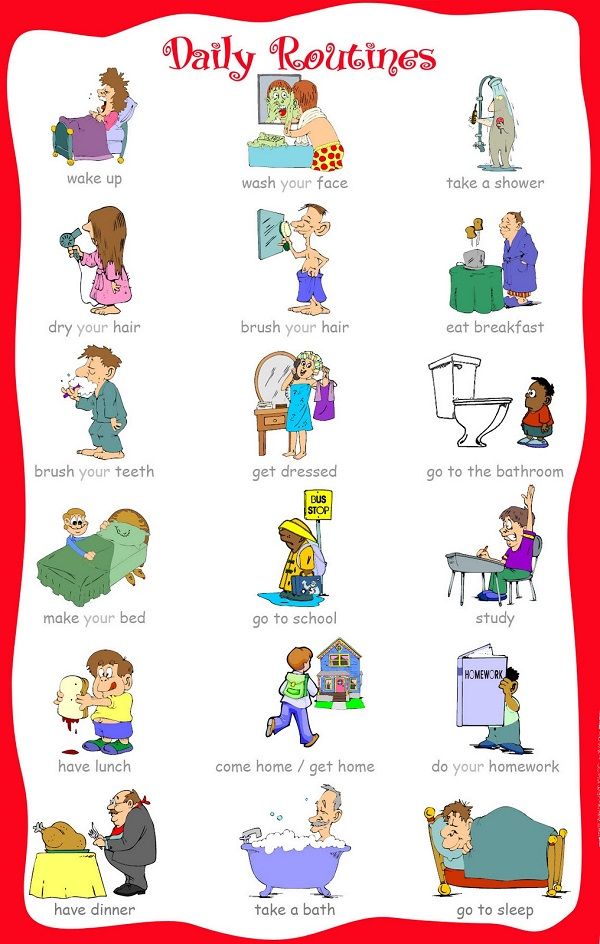 It is also necessary to constantly remember the main goal of teaching the native language: to make child's language is a means of communication.
It is also necessary to constantly remember the main goal of teaching the native language: to make child's language is a means of communication.
Passive vocabulary is the words that a speaker of a given language understands, but he doesn't use it. The passive dictionary is much larger than the active one, here include words whose meaning a person guesses from the context, which emerge in consciousness only when they are heard.
The translation of words from the passive to the active dictionary is a special task. The introduction into the speech of children of words that they themselves learn with difficulty, used in a distorted form, requires pedagogical effort. Data psychology, linguistics, physiology help to determine the range of words that make it difficult children at various age levels.
Carrying out vocabulary work, educators adhere to the following principles:
1) word work is carried out while familiarizing children with the world around the basis of active cognitive activity;
2) the formation of a dictionary occurs simultaneously with the development of mental processes and mental abilities, with the education of feelings, relationships and children's behavior;
3) all tasks of vocabulary work are solved in unity and in a certain sequences.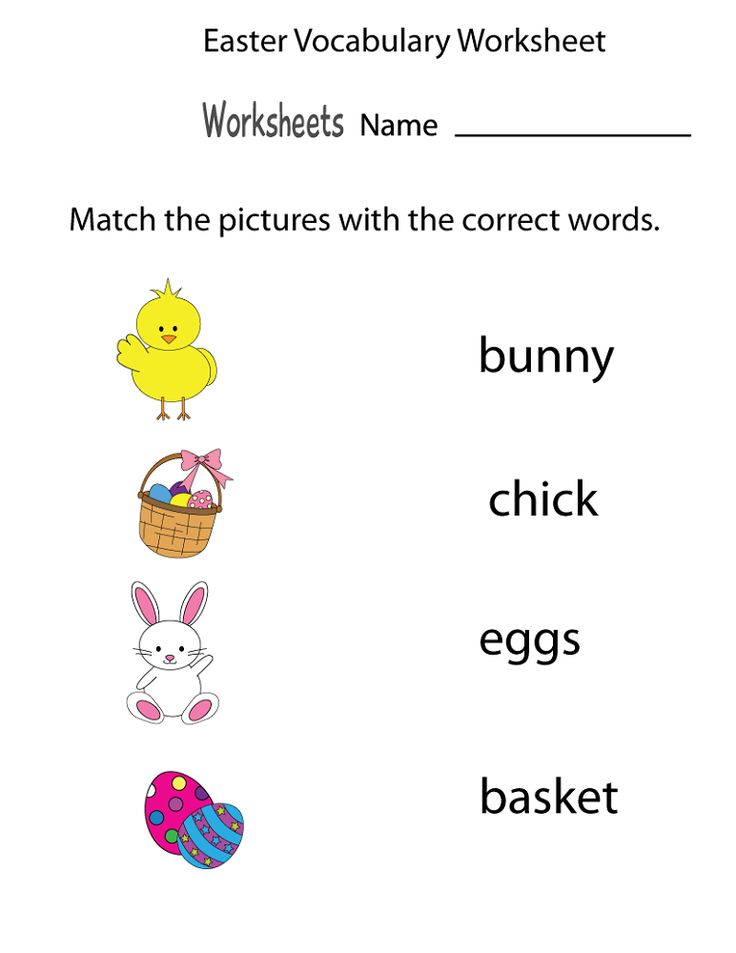
Actually, every word spoken by a person is a living word, but we are in line speech development classes called "classes on the living word" we mean such classes that do not require illustrative material, but draw content from ready-made stocks of children's ideas.
Development speech and vocabulary of children, mastering the riches of the native language is one of the the main elements of personality formation, development of developed values national culture, is closely connected with mental, moral, aesthetic development, is a priority in the language education and training of preschoolers.
Formation the possibilities of speech communication of preschoolers and primary school students involves the inclusion in the life of the child in kindergarten, school, specially designed situations of communication (individual and collective), in which the educator or teacher sets certain tasks for the development of speech, and the child participates in free communication.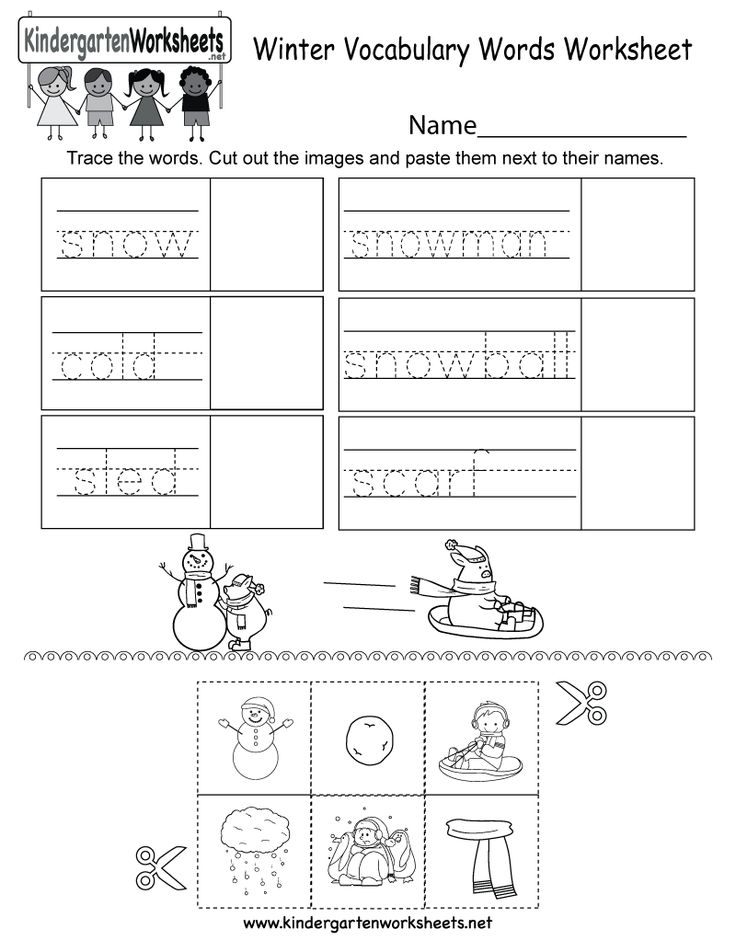 In these situations, the vocabulary is expanded, ways of expressing the intention are accumulated, conditions are created for improving speech understanding.
In these situations, the vocabulary is expanded, ways of expressing the intention are accumulated, conditions are created for improving speech understanding.
At organization of joint special games the child is provided with the opportunity to choose language means, individual "speech contribution" to the solution of a common problem - in In these games, children develop the ability to express their own thoughts, intentions and emotions in constantly changing communication situations.
Basic vocabulary work methods .
Conversation with children
Need talk to other people, share with them your thoughts, feelings, experiences are inherent in man. The child is inherent in it even more. This the need should be widely used in the interests of the development of children's speech, directing the direction of their thoughts and the growth of the stock of ideas.
B kindergarten and school, you can talk to each of the children more often than usual this is being done, you need to meet the impulses of children to share their experiences, thoughts, listen to them, question them, answer their questions, if possible accompany with speech all manifestations of life communication with the child, which we often we do not.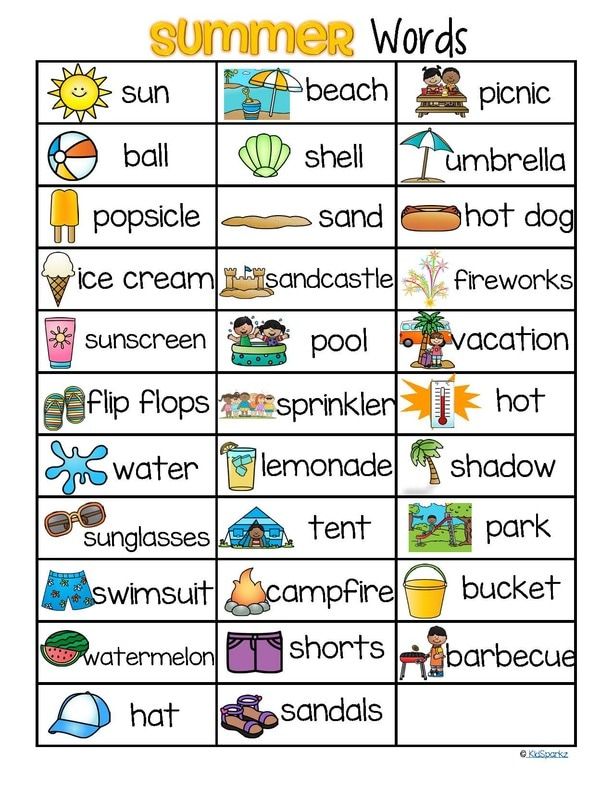
Orders and tasks
Exists another methodical device, also connected with the conversation, to which we attach enormous educational value - these are methodically thought-out assignments, given to children. This reception is widely represented by the family, in which in some cases consciously, in others unconsciously, children are involved in general working life. But in an organized way, he is not represented either in kindergarten or at school.
Child given a specific order. It is desirable that such an assignment be practical, the child's perceived meaning. In doing so, he must:
1) listen carefully to what they say;
2) understand the content of the speech addressed to him;
3) remember what was said;
4) carry out an order;
5) give a verbal report on what has been done;
6) c ultimately help.
like this Thus, attention, intellect, memory, motor skills, and speech are attracted to activity.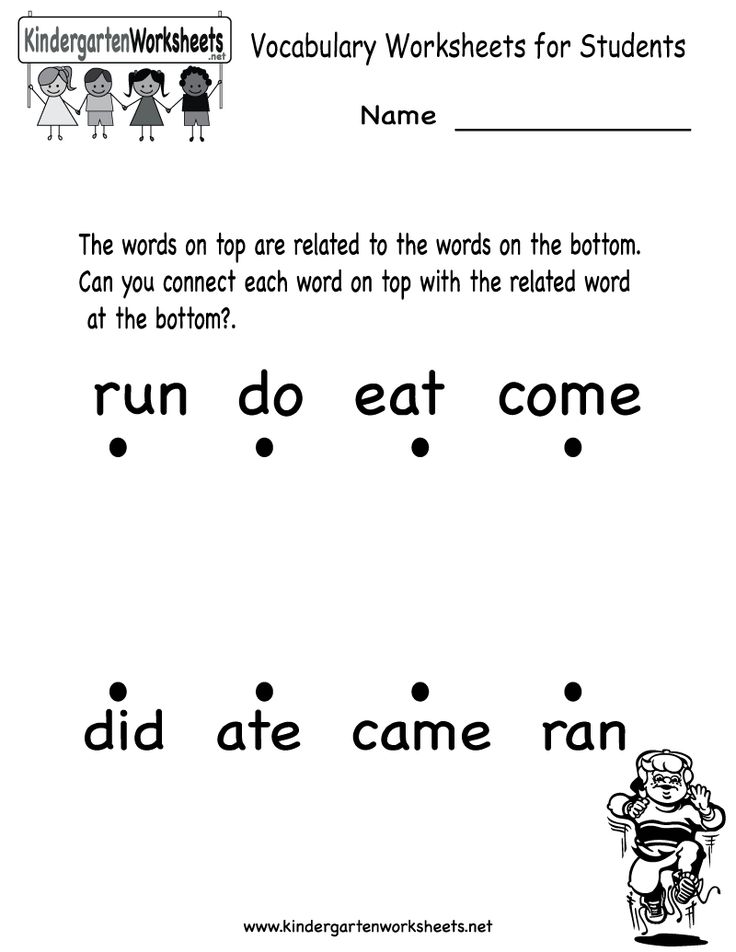 As you can see, the load is hefty, and therefore it is necessary to think carefully about the essence and the content of the assignment that you give to a child at a particular age.
As you can see, the load is hefty, and therefore it is necessary to think carefully about the essence and the content of the assignment that you give to a child at a particular age.
Orders older children should be practical: they can be varied, should gradually become more complicated and, if possible, end with an accurate speech report.
Conversations
Conversations and conversation are two almost identical manifestations of the same process: verbal communication of people. But we, singling out conversations as one of the most valuable speech development of children, we mean by them organized, planned classes, the purpose of which is to deepen, clarify and systematize through the word perceptions and knowledge of children.
Conversation reveals how great the need for children to express their thoughts is, how unleashed their language, since those conversations correspond to their interests and psyche.
Free, informal conversation, warmed by interest, meaningful value and significance of its content, are one of the most powerful factors children's speech development.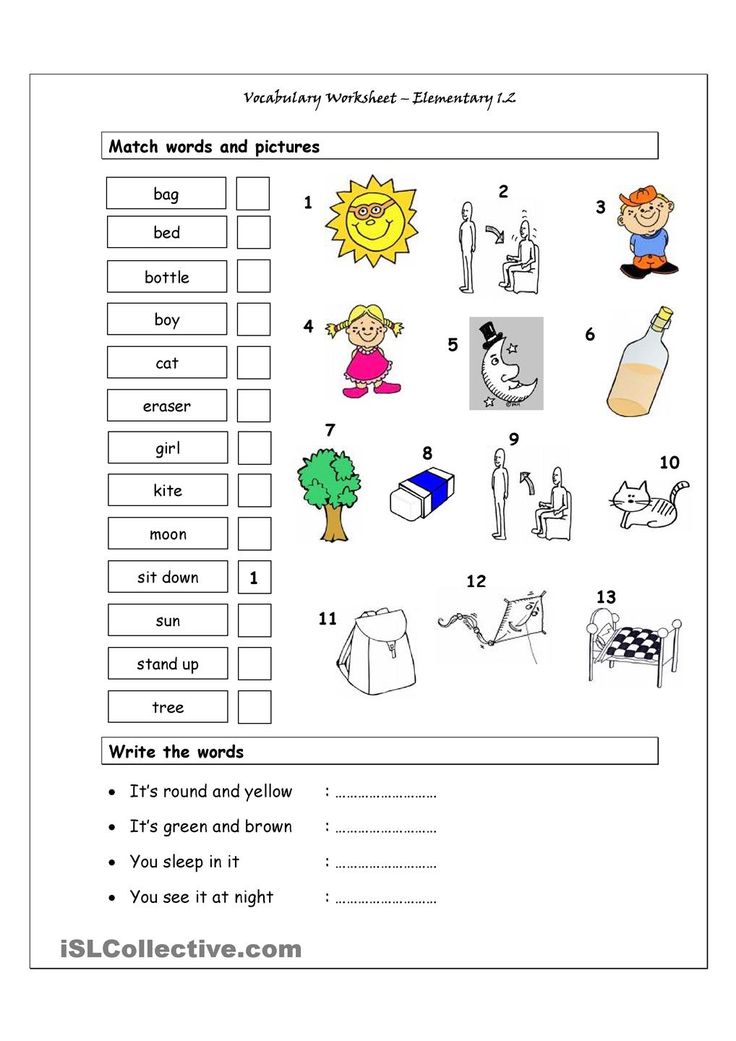 If the topic of conversation is objects and phenomena of nature, then it can lead to a complete description, comparison, clarification of the meaning of that or other object or phenomenon. If the conversation arose about the phenomenon social, social, ethical, observed by children personally or put forward by reading, story, then it will lead to a description of the phenomenon, person, will put forward the individual attitude of children towards them.
If the topic of conversation is objects and phenomena of nature, then it can lead to a complete description, comparison, clarification of the meaning of that or other object or phenomenon. If the conversation arose about the phenomenon social, social, ethical, observed by children personally or put forward by reading, story, then it will lead to a description of the phenomenon, person, will put forward the individual attitude of children towards them.
Conversation in no case should not pursue the goal of verbal planting in the head knowledge children. Her goal is to systematize and consolidate with a living word experiential knowledge directly related to perceptions children and their living experiences. Tikhomirova L. F. Development of intellectual preschooler's abilities. - Yaroslavl: Academy of Development, 2002.
Topics for conversations can be extremely diverse: they are prompted by home life, kindergarten, school, live communication with children in everyday life.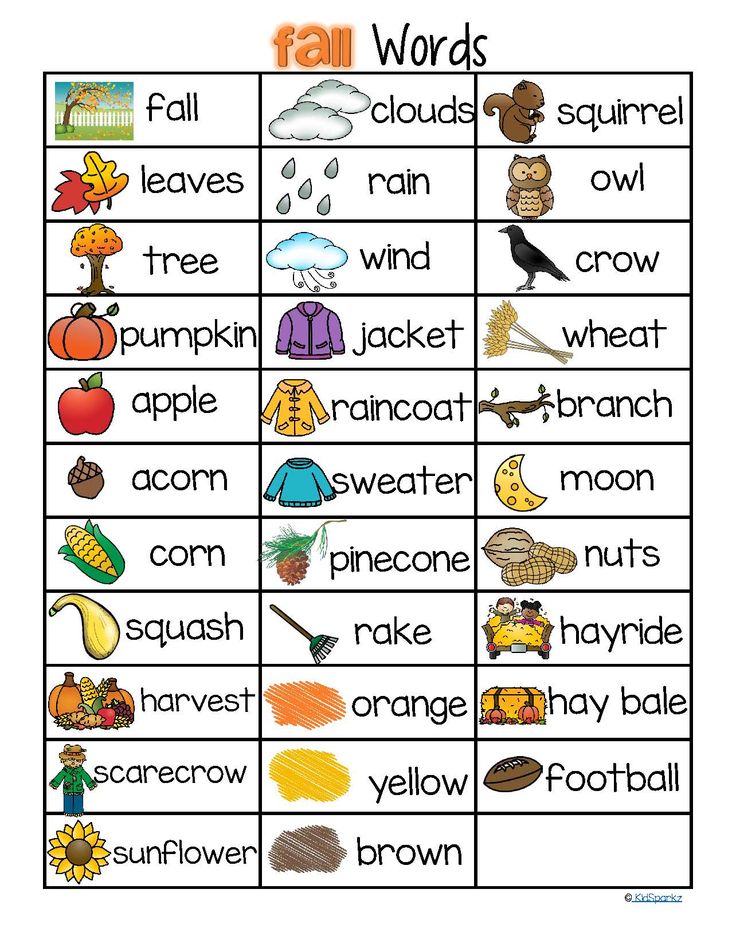
K the method of conducting storytelling cannot be presented with strict, unshakable requirements. The narrator should be guided by the interest of the children. The content of the story is determined by the pedagogical process and the requirement of a mobile, changing life. When planning classes, the hours of the story are also noted, often the story is also born for an unforeseen occasion, and therefore to answer the question of how often you can tell children, it's hard. The answer will be prompted by the children themselves and the mind teacher. The situation in the story, as in the conversation, should be natural, laid-back.
Children they sit down as they like, respecting the common interests and rules of decency. Interrupt they don't have to tell a storyteller, but their sometimes uncontrollably escaping speech reactions, exclamations not only do not harm the interest of the case, but, on the contrary, fix the connection between the children and the narrator, inspire the latter.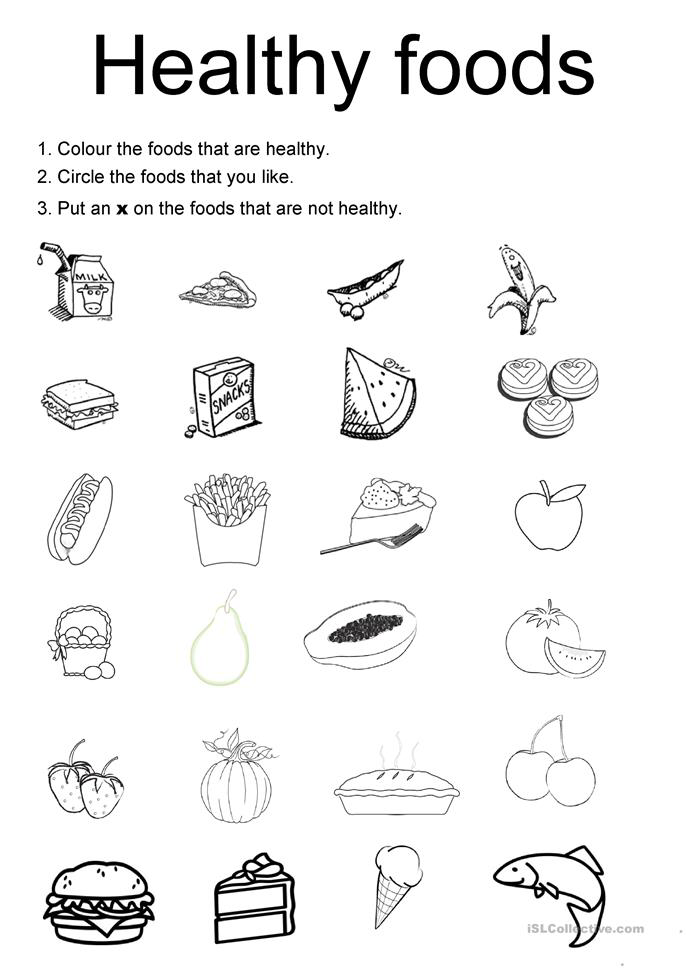
Possible Is it possible to accompany the story with a demonstration of pictures? It depends on the features and essence of the story. An artistic story or a fairy tale, of course, is impossible: showing pictures will break the integrity of the impression. But there is a category of stories designed mainly for young children, requiring parallelism of the text and illustrations.
Occurring in the story, words incomprehensible to children, unfamiliar images can interfere understanding the content of the story, and therefore they should be explained to children preliminary: the reason for this is not difficult to find.
Desirable so that a new literary work presented to children expands the circle of their representations and introduced them to new images, phenomena and denoting them new words for children. This is required by the interests of the culture of speech and enrichment children's vocabulary.
Each the new word must be preserved in the memory of the children, and become their property own speech.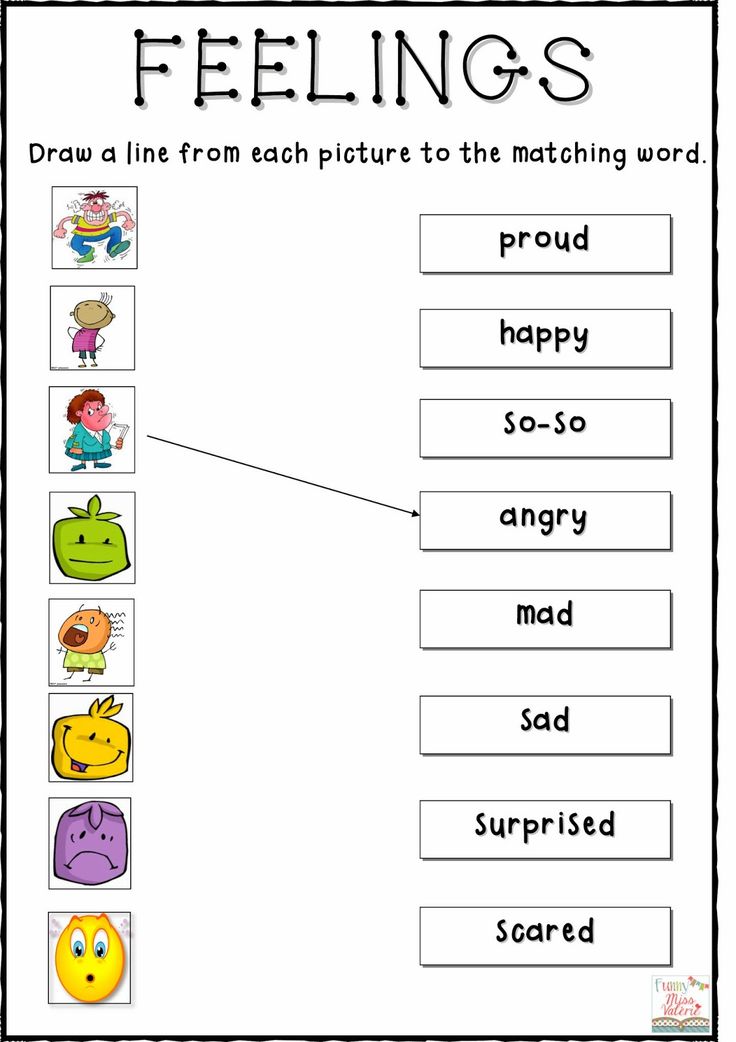 The teacher should take care of this. All new words must be on his account. Pronouncing a new word once is not enough, it must be pronounce as often as possible, looking for suitable moments for this: only in In this case, the new word will enter into life and into the active vocabulary of children.
The teacher should take care of this. All new words must be on his account. Pronouncing a new word once is not enough, it must be pronounce as often as possible, looking for suitable moments for this: only in In this case, the new word will enter into life and into the active vocabulary of children.
One and the same story or fairy tale can be told to children several times.
All so far what has been said referred to telling children, but they themselves must tell children. The teacher's story is the model they will follow.
Before before starting the story, you should ask yourself: do I imagine I myself am quite what I want to talk about, do I know everything myself and clear? And only if everything is clear, proceed to the story.
Children usually willingly respond to the offer to tell something from their personal experiences. Share your thoughts with others, exchange impressions - the most urgent human need, which is expressed in children in a very peculiar way, childlike.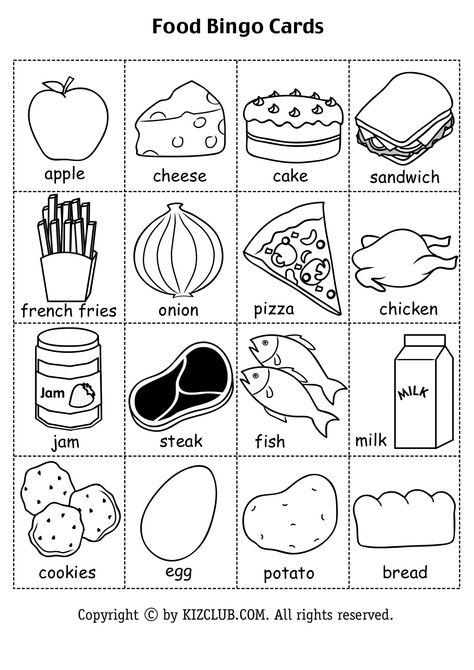 Try inviting the children to talk about a dog they knew - and several hands will reach out to you. And how many mouths are ready to start immediately to presentation! You call one, another, a third - and the confused presentation with repetitions, contradictions, stops, stuttering, constant: “No, it’s not like that, I forgot to say, I don’t remember how it was,” etc. Children should be taught why this is happening.
Try inviting the children to talk about a dog they knew - and several hands will reach out to you. And how many mouths are ready to start immediately to presentation! You call one, another, a third - and the confused presentation with repetitions, contradictions, stops, stuttering, constant: “No, it’s not like that, I forgot to say, I don’t remember how it was,” etc. Children should be taught why this is happening.
Follow in every possible way to focus the attention of children on the essence of what they want to tell, on the main idea. Everything extraneous, insignificant should be discarded: firstly, it only obscures the essence, and secondly, it takes time.
Such stories, the topics for which are personal experiences, observations of children, have for the development of thinking ability and speech of children is of great importance. In them a wide road is unfolding for creativity, children, their amateur performances, manifestations of individuality.
Child forced to take and combine words and expressions on his own, and not choose them from the finished story.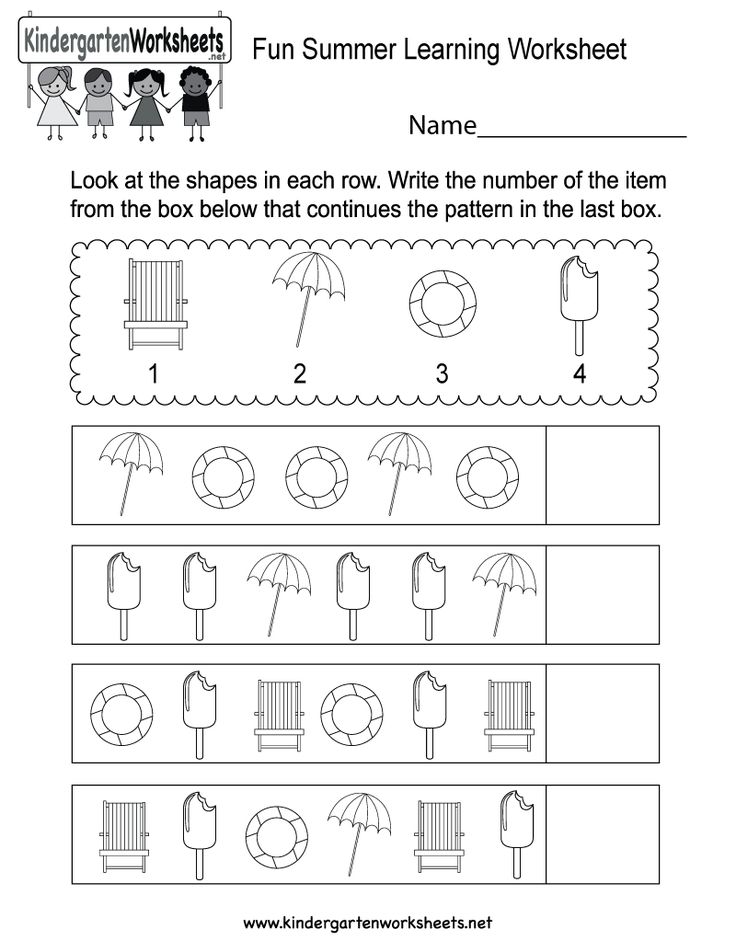 Tell the child about what he saw, heard and experienced almost every day, but he does it often chaotically.
Tell the child about what he saw, heard and experienced almost every day, but he does it often chaotically.
Telling children should turn not to one teacher, but to all comrades. At the same time, they it is necessary to instill appropriate cultural skills: how to get up, go out, turn to face your comrades, watch your own; pose. Preparing for public adult performance should begin at an early age.
Retelling finished literary work should not, of course, be crossed out from the list of factors that develop the speech of children: he should only be given secondary place. A story read to children should, first of all, serve understanding of its main idea, its main parts (plan), logical and causality of its details. And only when this work is done, can start retelling. The paraphrase should again serve as a model educator. You can convey the story without changes, in your own free presentation, and you can shorten it.
Follow remember that not all stories, even if they are accessible to the age and development of children, allowed for retelling.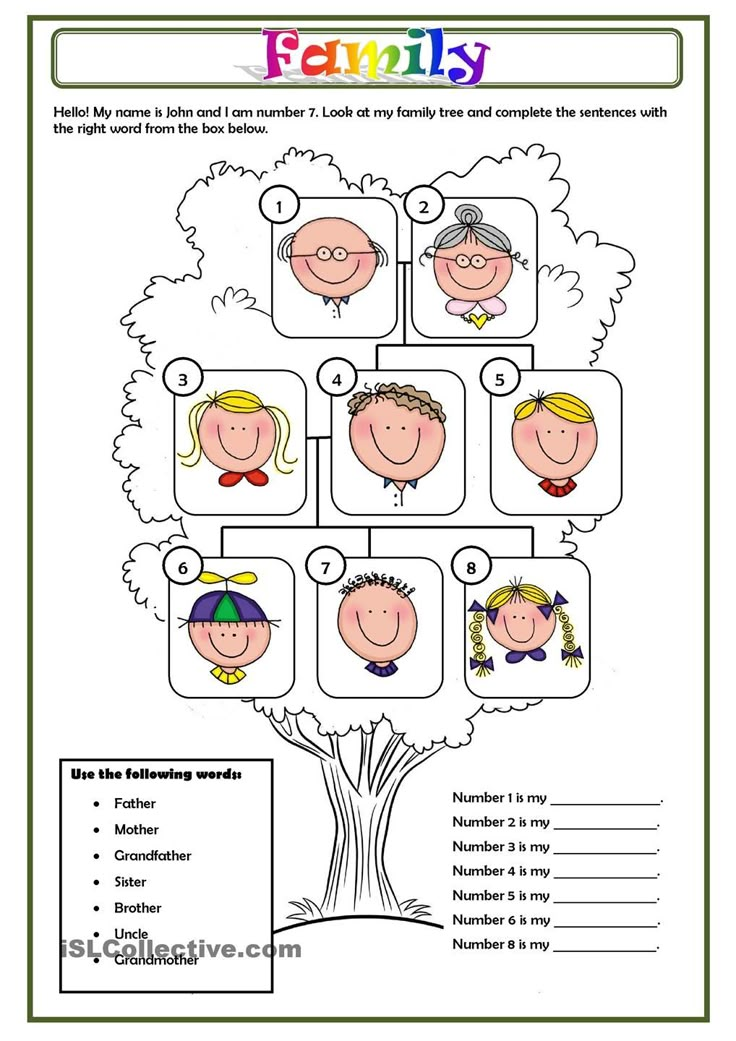 Stories that are perfect examples fiction should be an exception. For retelling more only stories with a definite, clear correlation of parts are suitable: with an understandable, definite beginning, middle and end. If between the parts there is a clear logical connection, one part leads to another and explains it. redundant details, details make it difficult to assimilate the essence, and therefore complicate the most retelling. At first, you should choose stories that are as clear and simple as possible. designs.
Stories that are perfect examples fiction should be an exception. For retelling more only stories with a definite, clear correlation of parts are suitable: with an understandable, definite beginning, middle and end. If between the parts there is a clear logical connection, one part leads to another and explains it. redundant details, details make it difficult to assimilate the essence, and therefore complicate the most retelling. At first, you should choose stories that are as clear and simple as possible. designs.
We we teach children the speech that they will have to use in their daily life. Do “full answers” play any role in this speech? Sometimes you can give story plan, for example:
1. The children went to the forest.
2. An unpleasant adventure in the forest.
3. Homecoming.
Stories, invented by children, reveal the stock of their ideas, orientation of interests and their language skills.
At each work should be given time for the children to think, never anything demand immediately, so to speak right off the bat.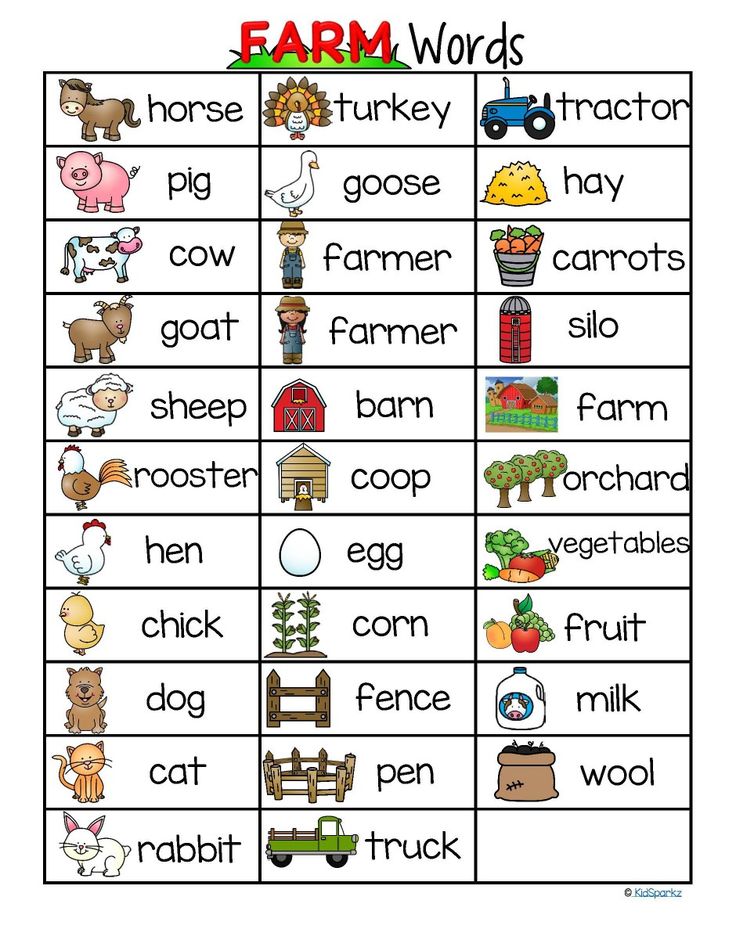 After all, everyone somehow a teacher who respects his work himself prepares for the lesson, thinks over the plan of his story and developing it. Do we have the right to demand from children that they did this work without preparation? These ridiculous, unfortunately, so often requirements placed on children are explained to a large extent the scattered and chaos of their thoughts and even more - the defects of their language.
After all, everyone somehow a teacher who respects his work himself prepares for the lesson, thinks over the plan of his story and developing it. Do we have the right to demand from children that they did this work without preparation? These ridiculous, unfortunately, so often requirements placed on children are explained to a large extent the scattered and chaos of their thoughts and even more - the defects of their language.
Not allowed not to mention another type of work in this area - ending with children story. The teacher tells the children the beginning of the story, allowing them to come up with the end. It is highly desirable to give a beginning that would provide space children's imagination branch out in different, often opposite directions. At the same time, it is extremely interesting to follow the manifestation of individuality. children, their psyche and worldview.
Stories by pictures. It remains to be said about stories compiled from pictures.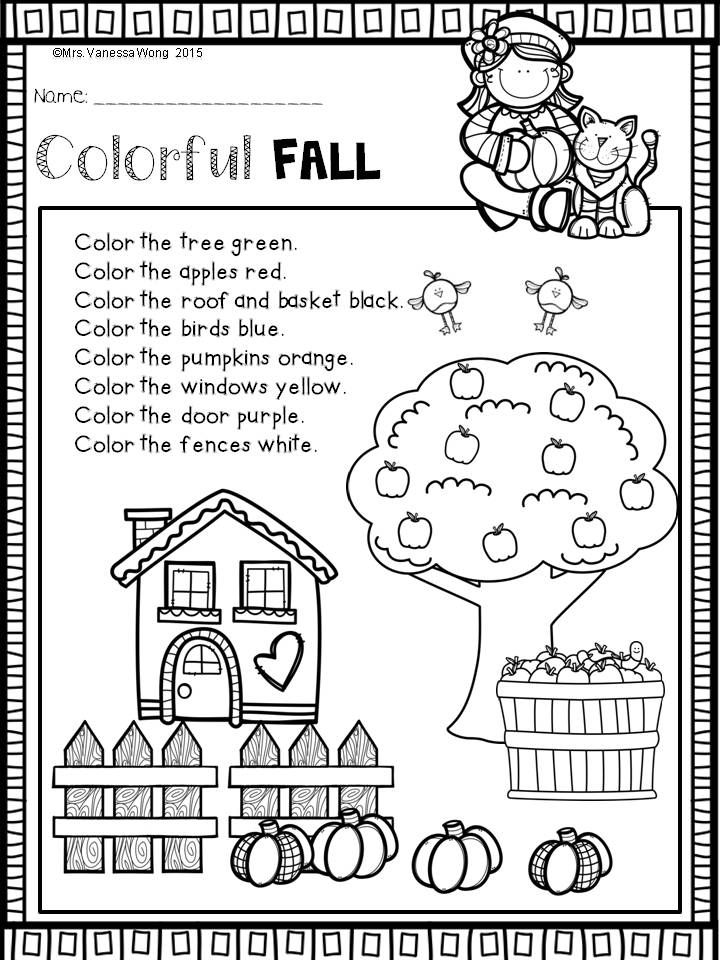 Pictures - a material exceptionally adapted to stimulate composing stories.. The items shown in the picture are combined a certain logical situation, a certain, self-speaking relationship. When working with young children, you need to choose such pictures whose artistic intent is simple, clear and specific, the situation obvious. The content of the picture intended to compose the story should guide the child's thought, facilitate the work of his imagination and rely on life experience of the child, on the stock of his ideas. Children begin to deal with this task takes an average of 5-6 years.
Pictures - a material exceptionally adapted to stimulate composing stories.. The items shown in the picture are combined a certain logical situation, a certain, self-speaking relationship. When working with young children, you need to choose such pictures whose artistic intent is simple, clear and specific, the situation obvious. The content of the picture intended to compose the story should guide the child's thought, facilitate the work of his imagination and rely on life experience of the child, on the stock of his ideas. Children begin to deal with this task takes an average of 5-6 years.
But tell the children from the picture should be much earlier. Three-year-olds, and sometimes two-year-olds react to such stories with great interest.
storytelling children from pictures is one of the most appropriate methods for listening to speech. The more often we tell the kids from the pictures, the sooner they will get up on way of compiling stories themselves. At all levels, children's stories should be preceded by exemplary teacher story.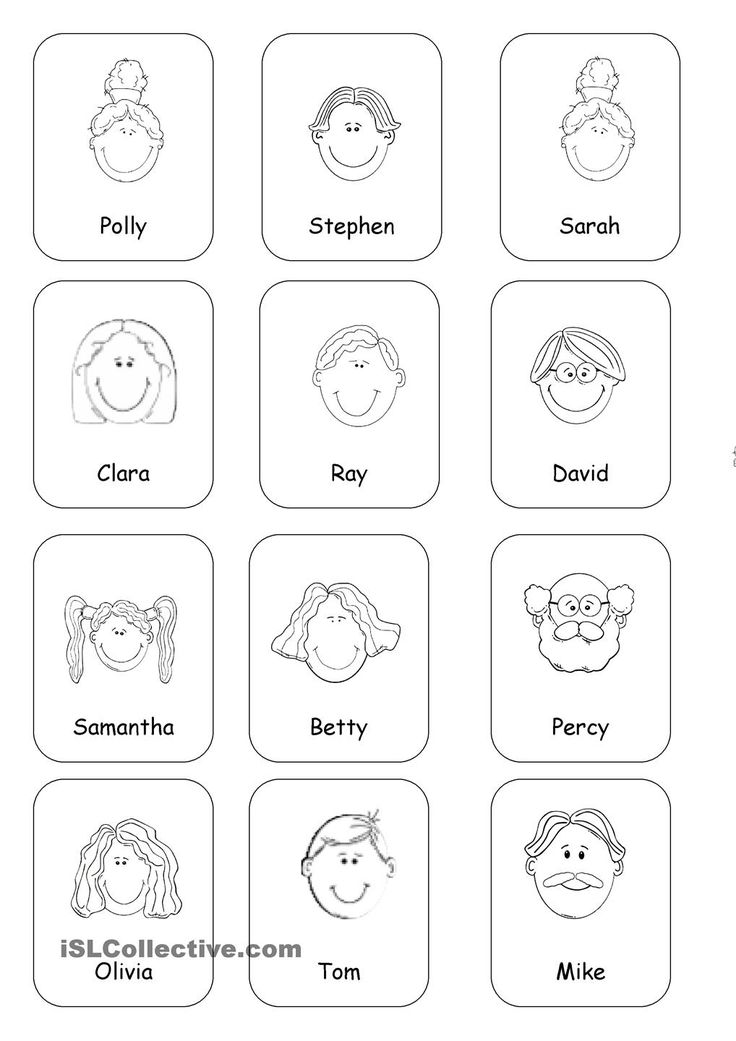 Specifically, on the example of such stories, children comprehend that the narrator can imagine the moments preceding the which is shown in the picture, and the one following it may be out of scope Pictures.
Specifically, on the example of such stories, children comprehend that the narrator can imagine the moments preceding the which is shown in the picture, and the one following it may be out of scope Pictures.
Enough six-, seven-year-old children listen to 2-3 exemplary stories so that they understood and embarked on the path of self-compilation of stories.
Picture, intended for children to compose a story, are hung out in advance in a certain place. Children should be given time to get to know her, well consider. The children take turns talking. The narrator should not be interrupted. All comments are made at the end.
Compose children should tell stories from the picture not only individually, but also collectively. At first, the teacher himself participates in such a lesson: he leads it, does not give children evade the topic, through leading questions helps them develop the topic, highlight its most significant aspects. Children speak out, contribute to the content of the story is one or the other, sometimes conflicting details, argue, come to an agreement. At the end of this preliminary work, one of the children tells the story in a coherent way. Such teamwork accompanied by an exchange of opinions, is especially valuable for the development of thinking and language.
At the end of this preliminary work, one of the children tells the story in a coherent way. Such teamwork accompanied by an exchange of opinions, is especially valuable for the development of thinking and language.
B a further group of older children can be instructed to compose a story from a picture without the participation of the leader. They think about the details together and the finished form is told to other comrades.
Reading
We say that a living story should be preferred to reading according to the book, but at a certain stage, artistic reading, as such, dissociates itself from the story and acts as a factor of great importance in the case comprehension of living Russian speech.
Expressive artistic reading brings everything to the minds of children the inexhaustible wealth of the Russian language, contributes to the fact that children begin to actively use this wealth. This is possible only if artistic image and word are presented to children in their living, inviolable intact.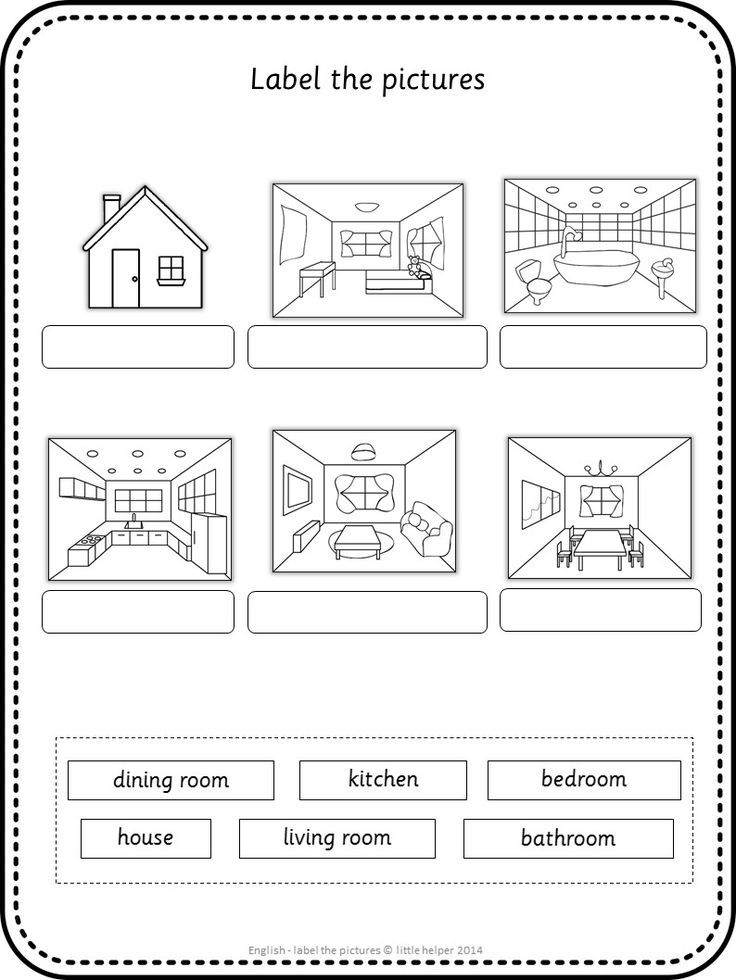
Poems
Children love poetry; love to hear and speak them. We know how early the child begins to be interested in the world of sounds, to respond to it, show early sensitivity to the perception of rhythm. The laws of rhythm comprehends easier and faster than the world of shapes and colors. That's why songs and poems in appropriate, of course, selection, always impress children.
A good poem is the same music. The smallest children are easy comprehend its rhythm, are able to enjoy the consonance of its stanzas, the beauty construction. These musical auditory perceptions, sometimes only partially connected with an understanding of the content poured into them.
Taking care about enriching children's vocabulary, we must understand that the words learned children fall into two categories. The first of these, which can be called active vocabulary, includes those words that the child not only understands, but actively, consciously, at every appropriate occasion inserts into his speech.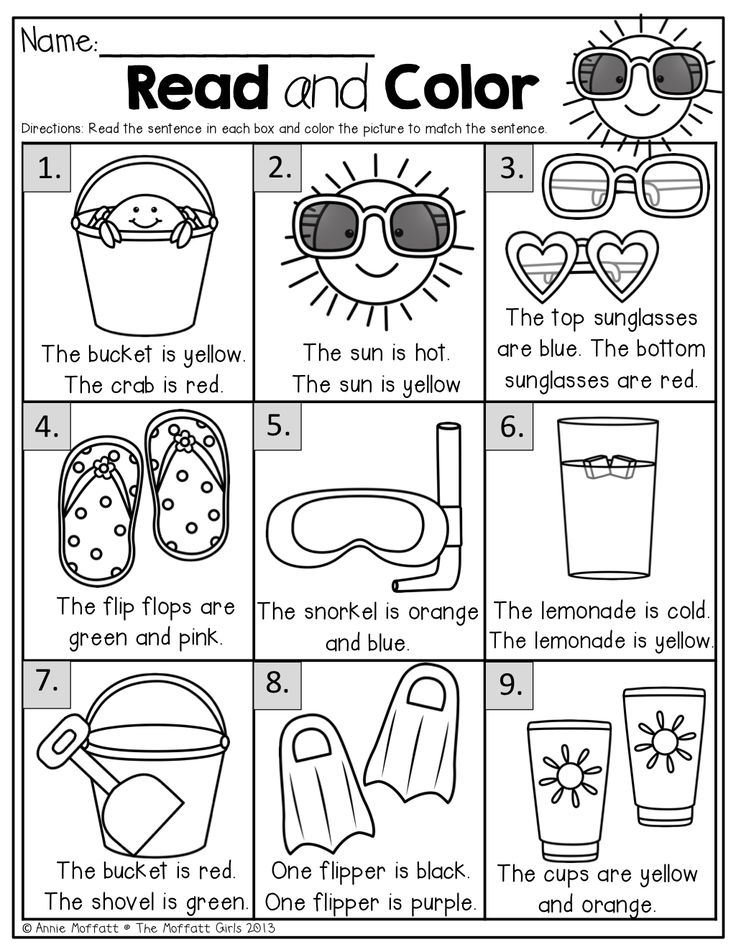 Co. the second, passive vocabulary includes words that a person understands, connects with a certain representation, but which are not included in its speech. New the proposed word will replenish the verbal active stock of children only if if it is fixed. It is not enough to pronounce it once or twice. Children should perceive it with hearing and consciousness as often as possible.
Co. the second, passive vocabulary includes words that a person understands, connects with a certain representation, but which are not included in its speech. New the proposed word will replenish the verbal active stock of children only if if it is fixed. It is not enough to pronounce it once or twice. Children should perceive it with hearing and consciousness as often as possible.
Enrichment and the activation of the vocabulary must begin from an early age child. And in the future we need to further improve it and increase it. Only a child with a rich vocabulary of a child can form correct speech. The task of the educator is to optimize as much as possible the process of speech development and vocabulary enrichment.
Using various methods of teaching speech development and vocabulary enrichment can be achieved more tangible results than if you use template techniques. children the change of activity is interesting and therefore the process of mastering knowledge will proceed more interesting, lively and without fatigue of preschoolers.